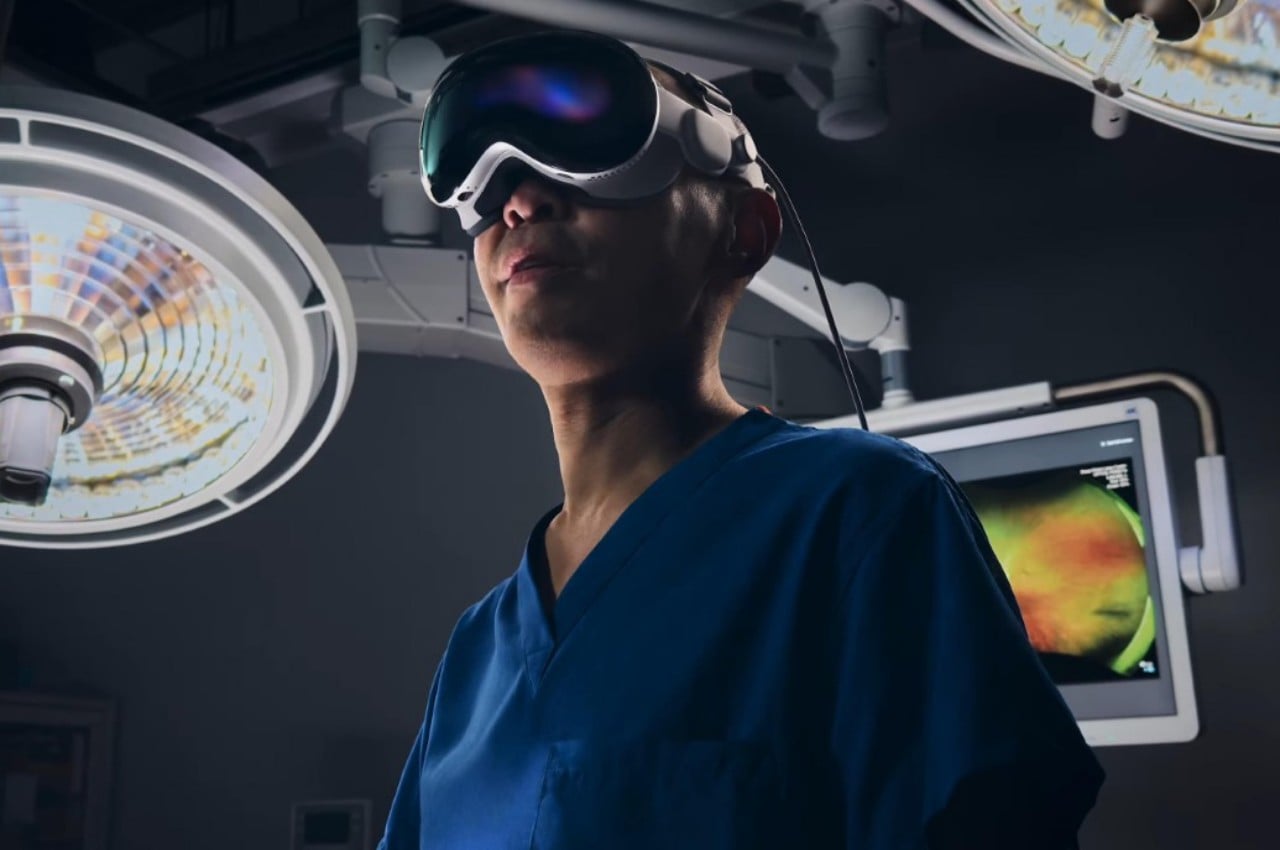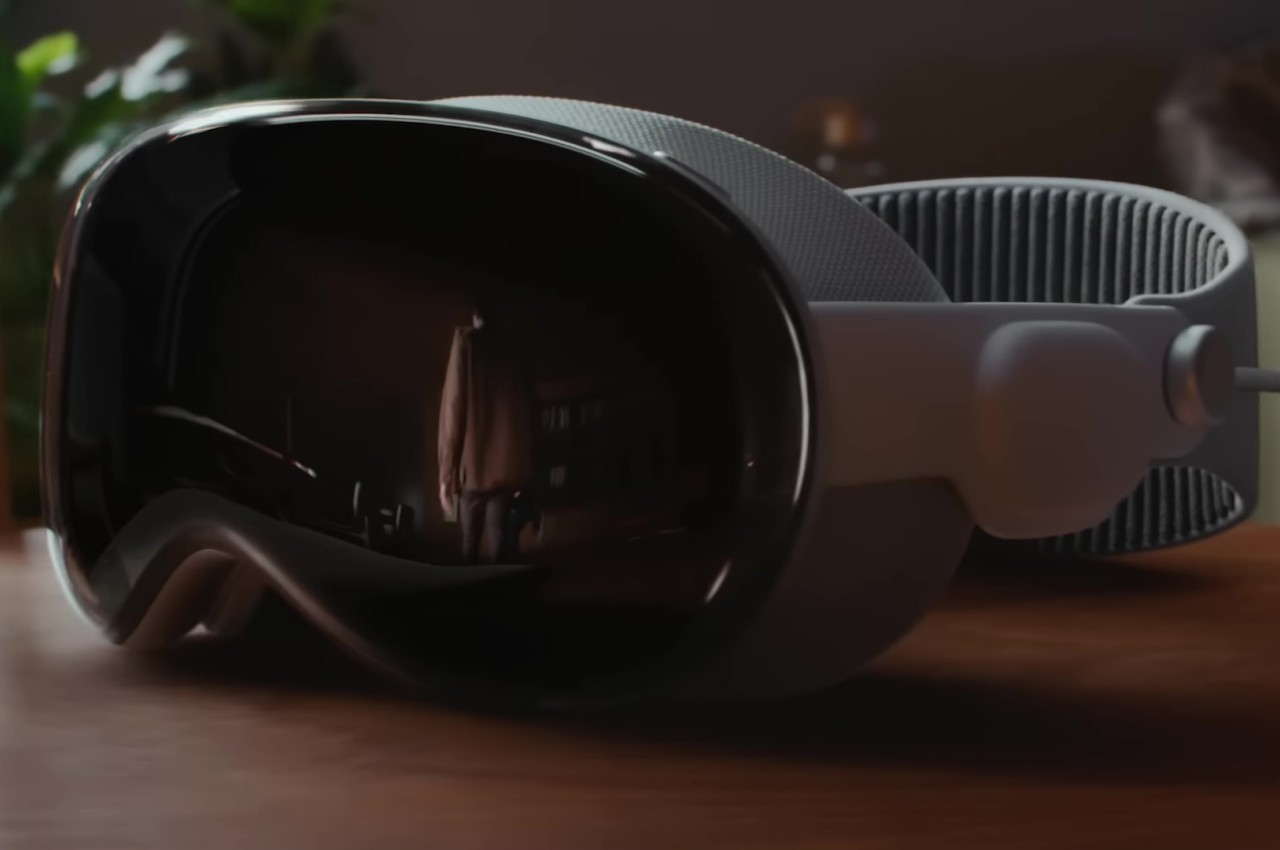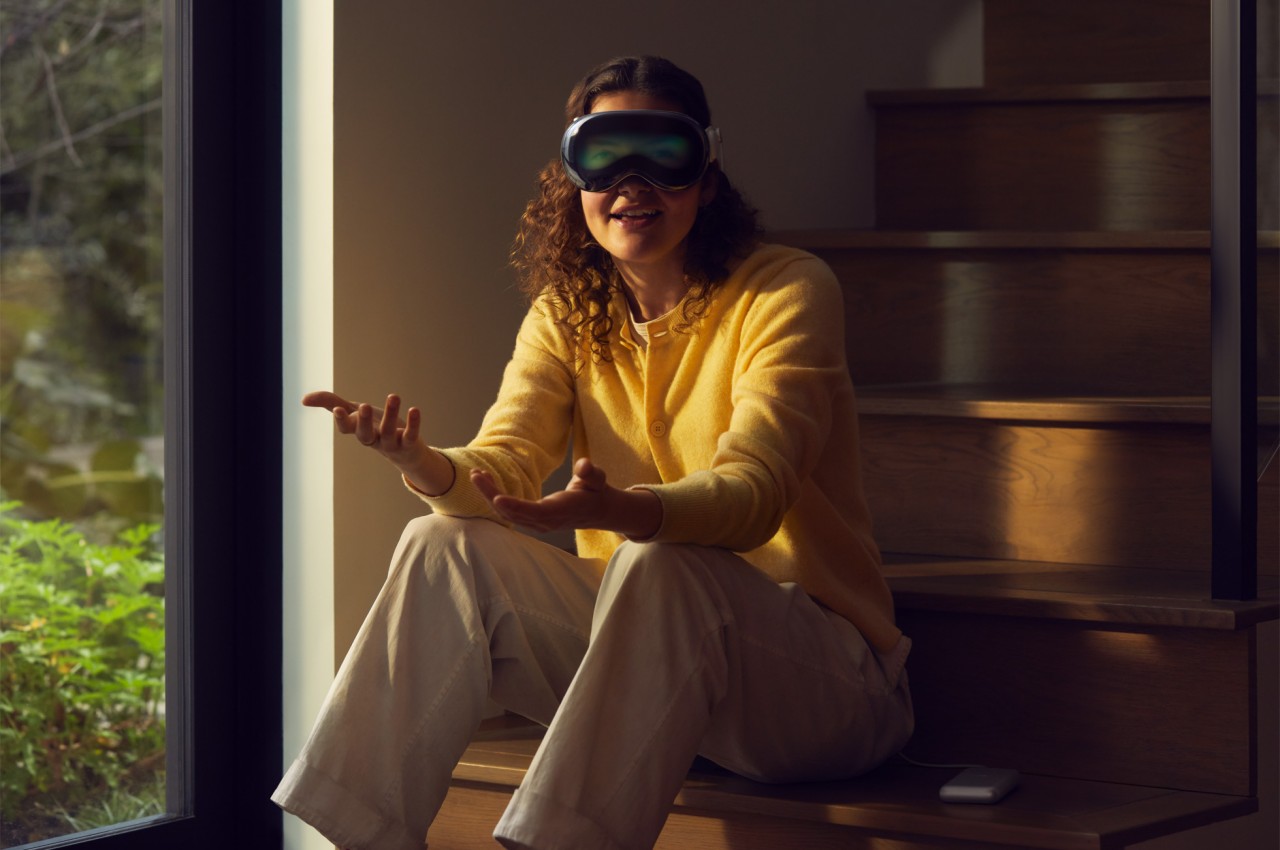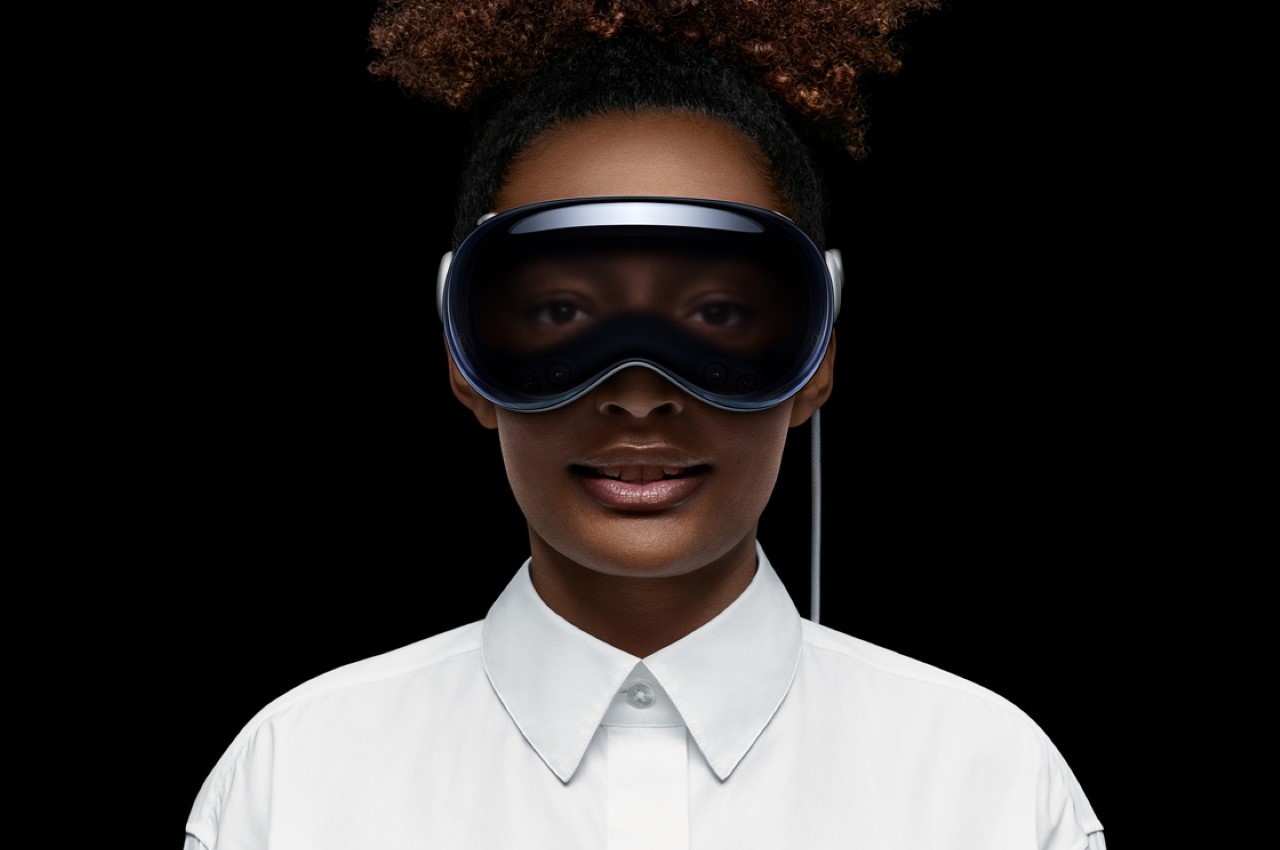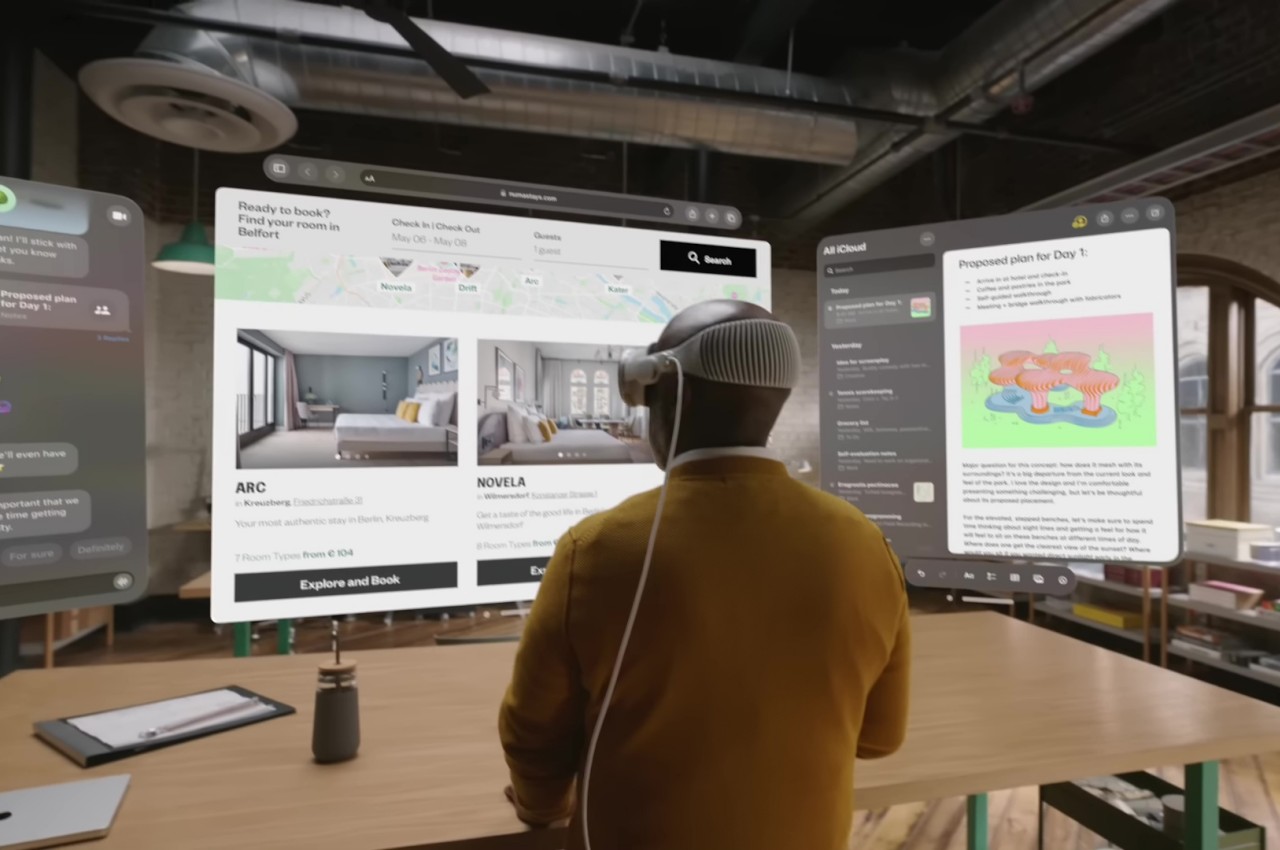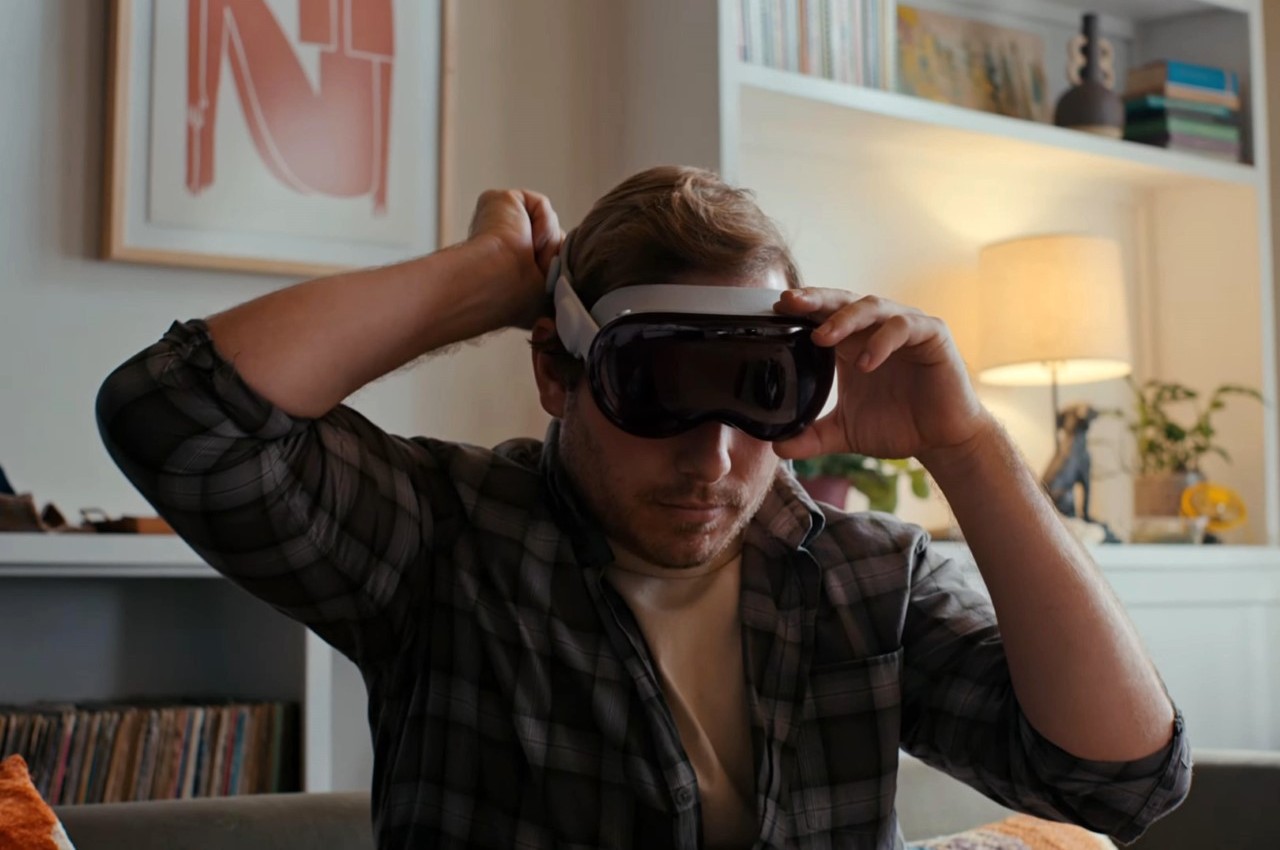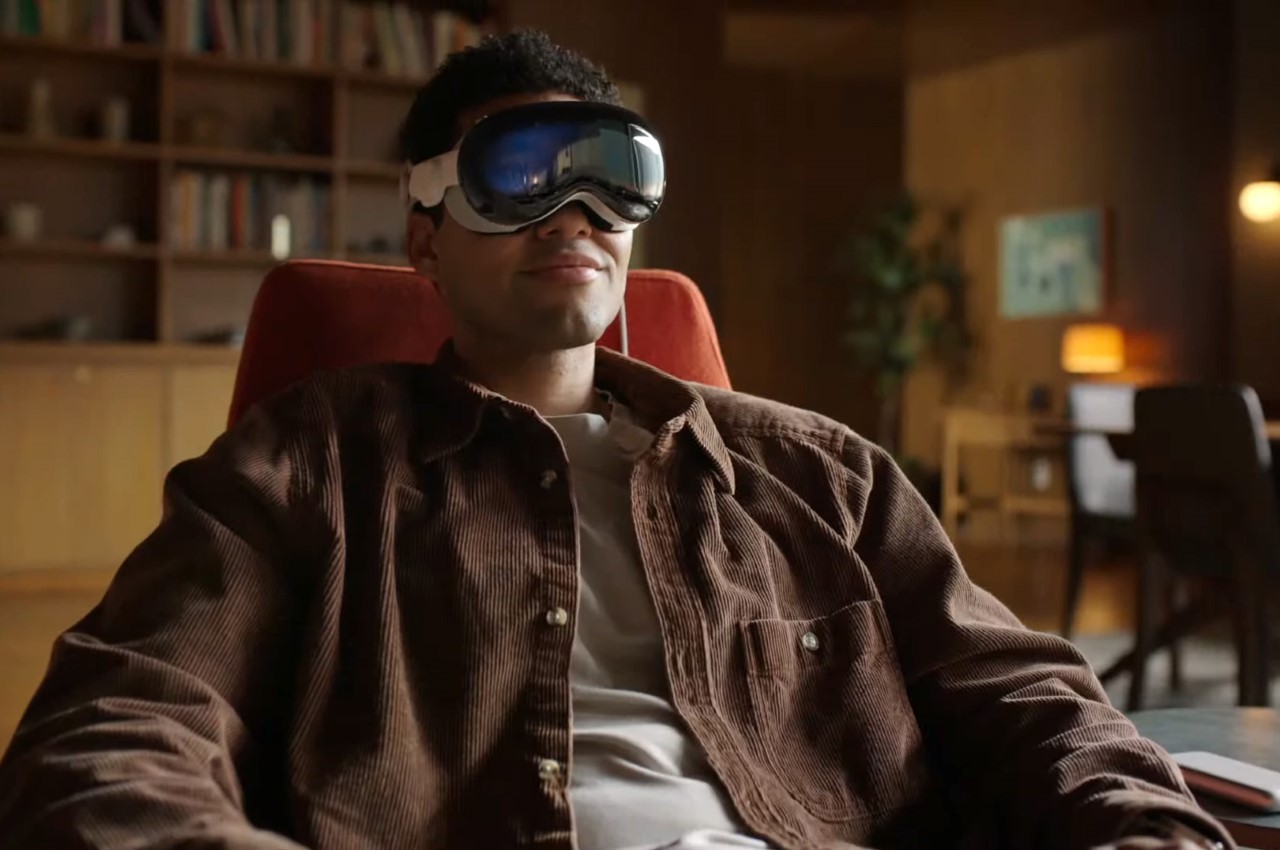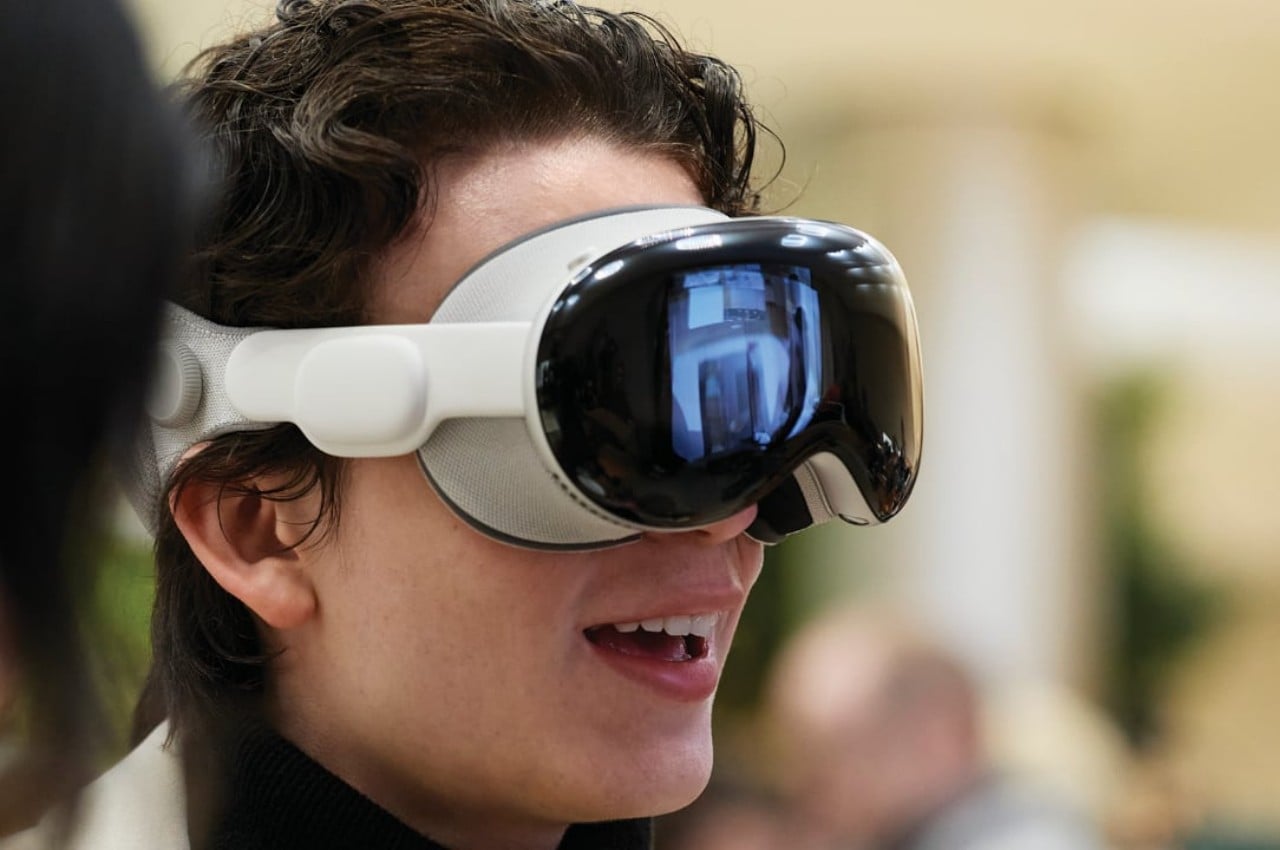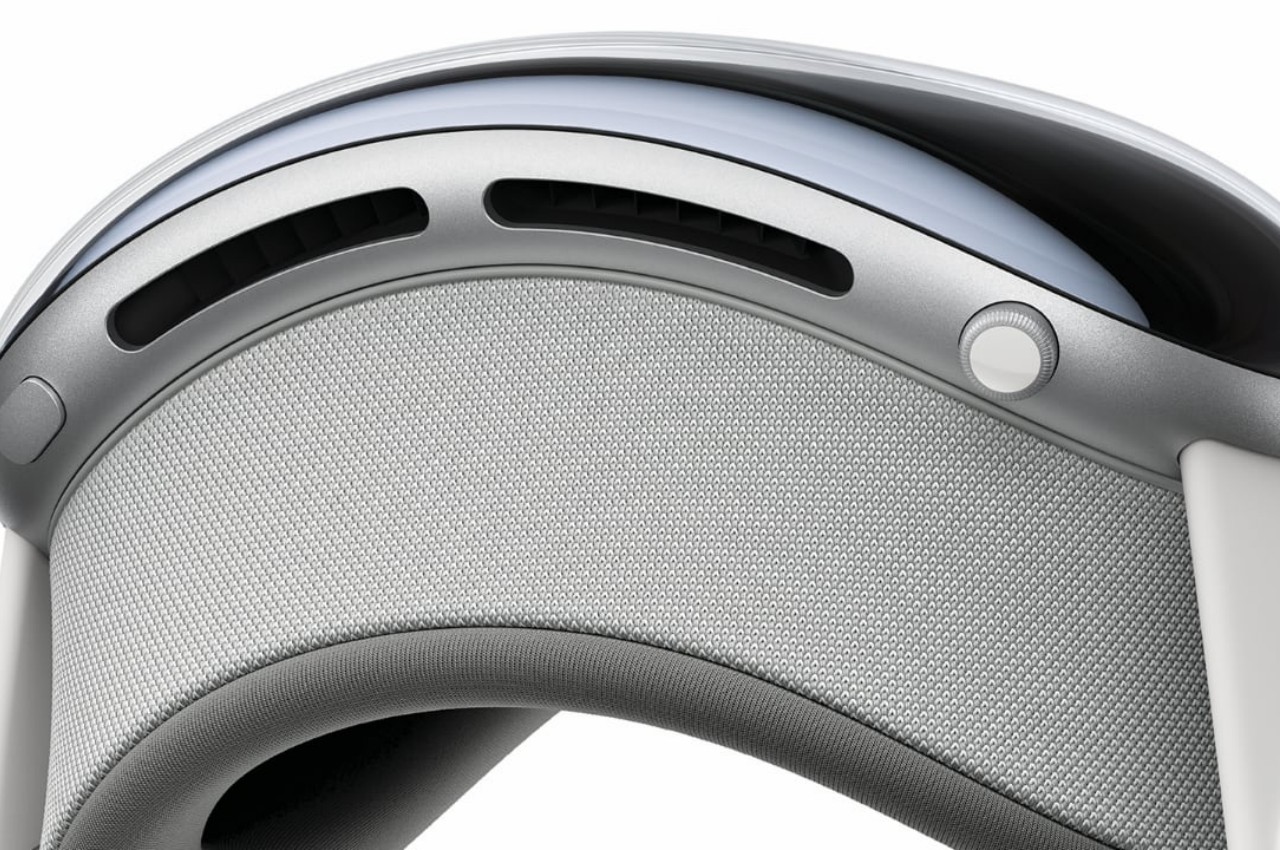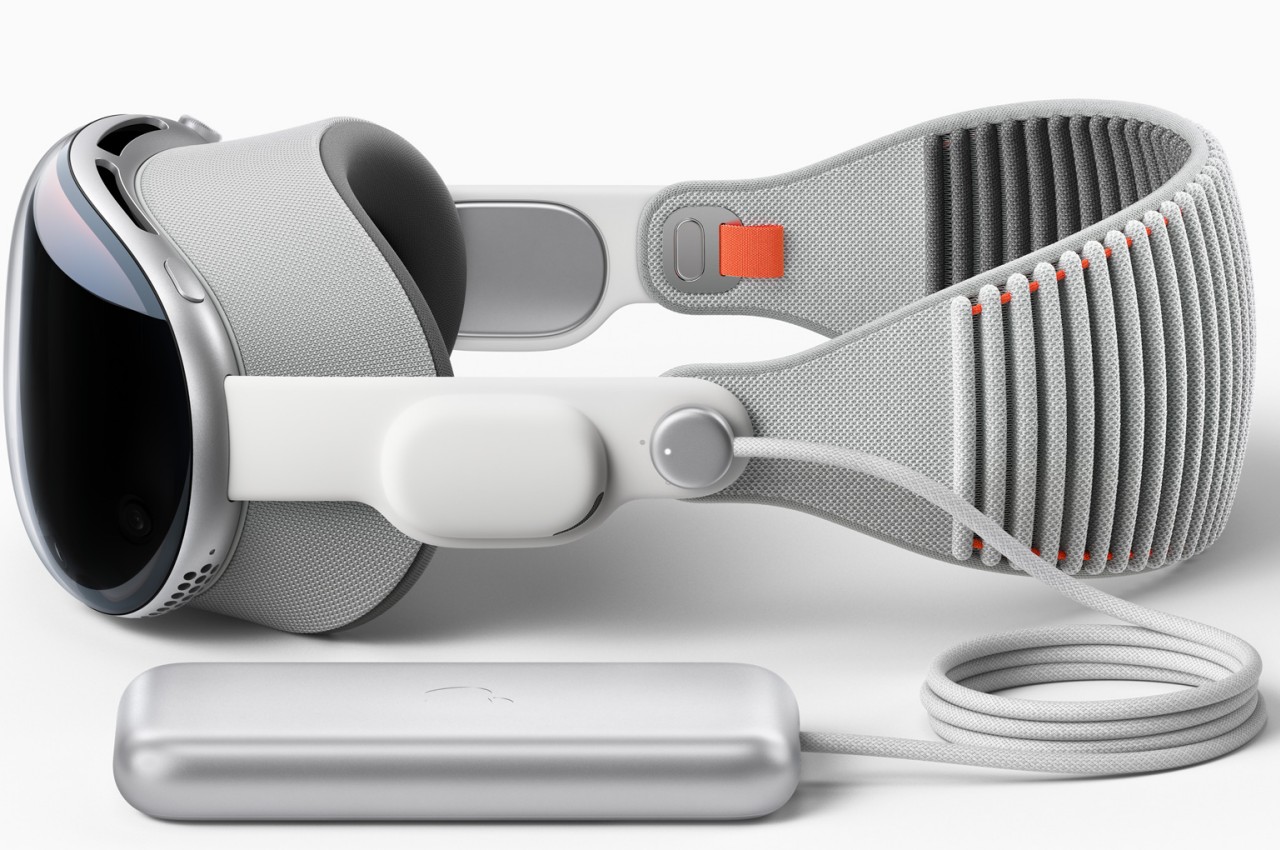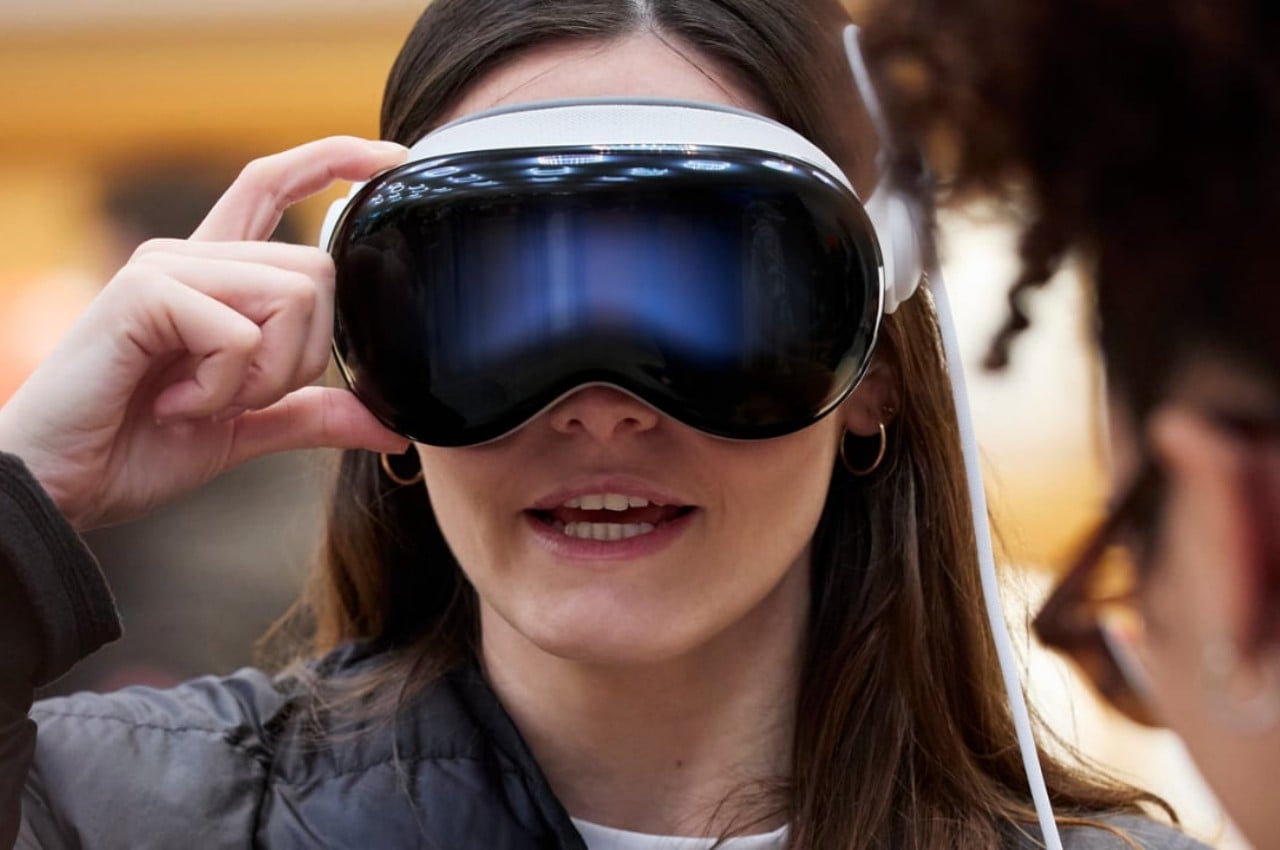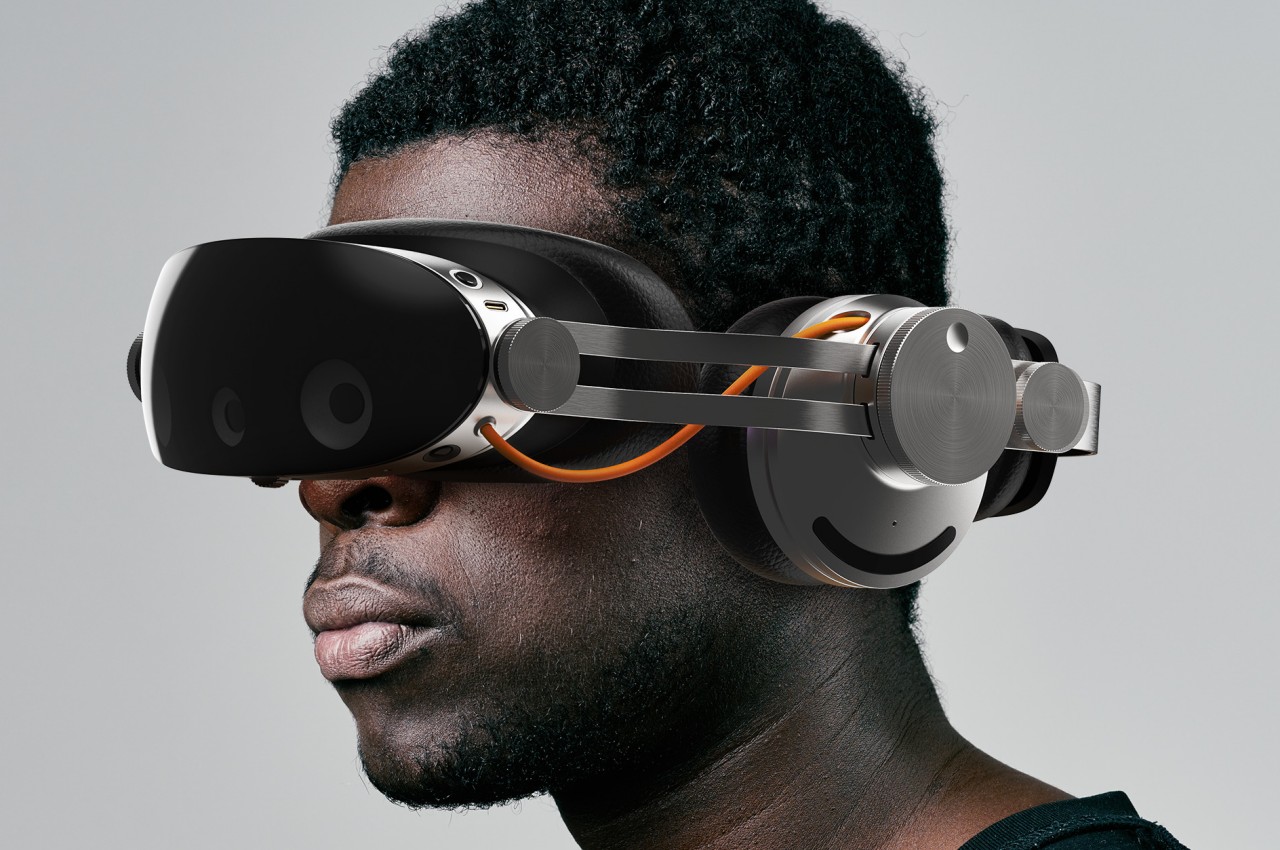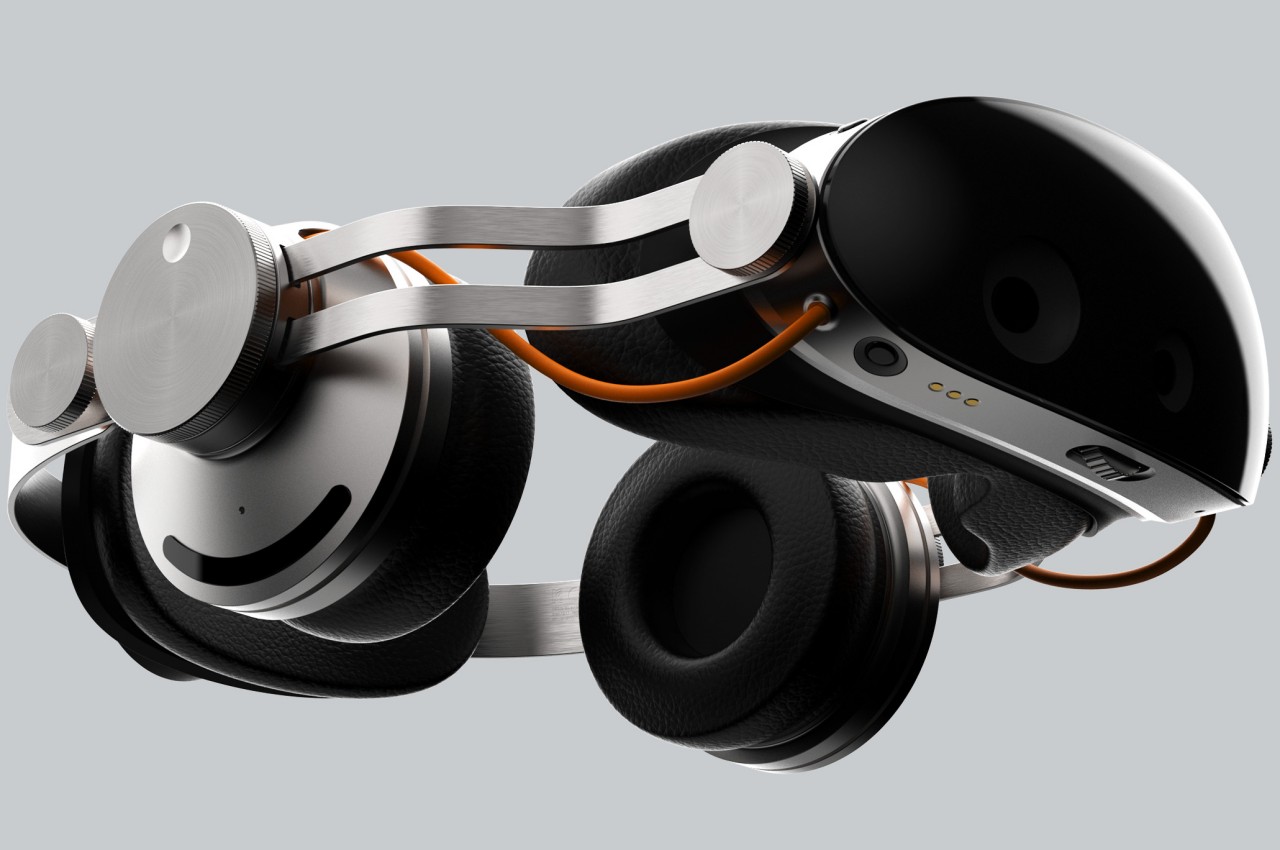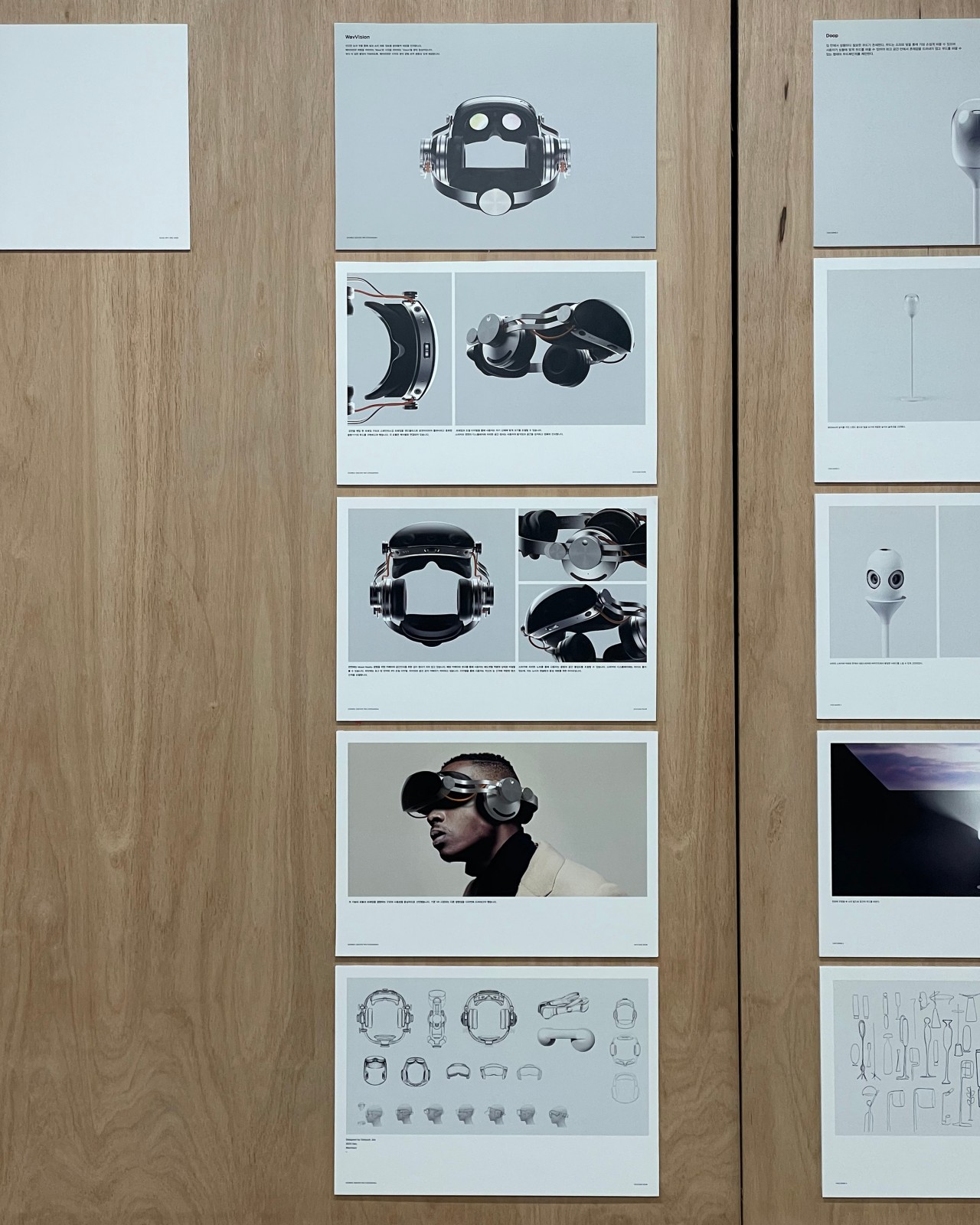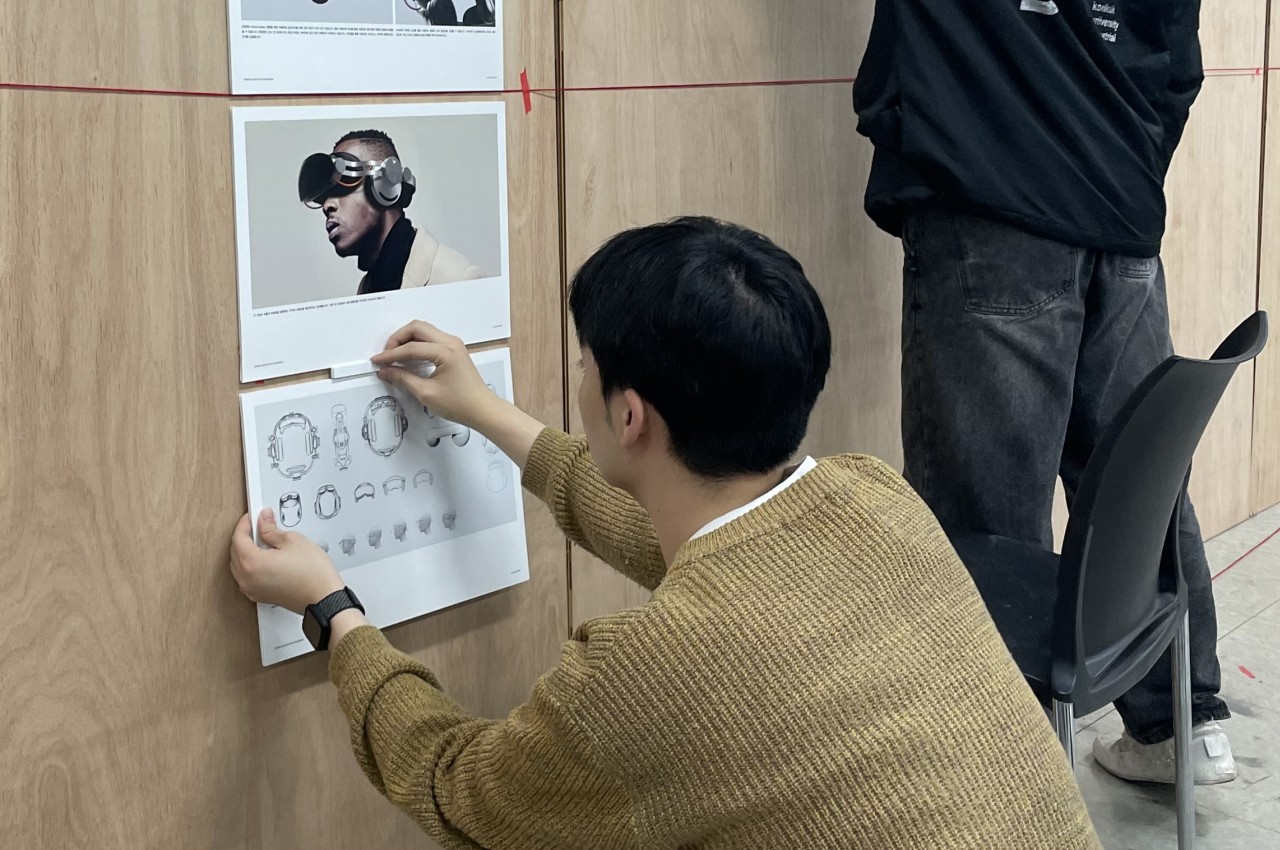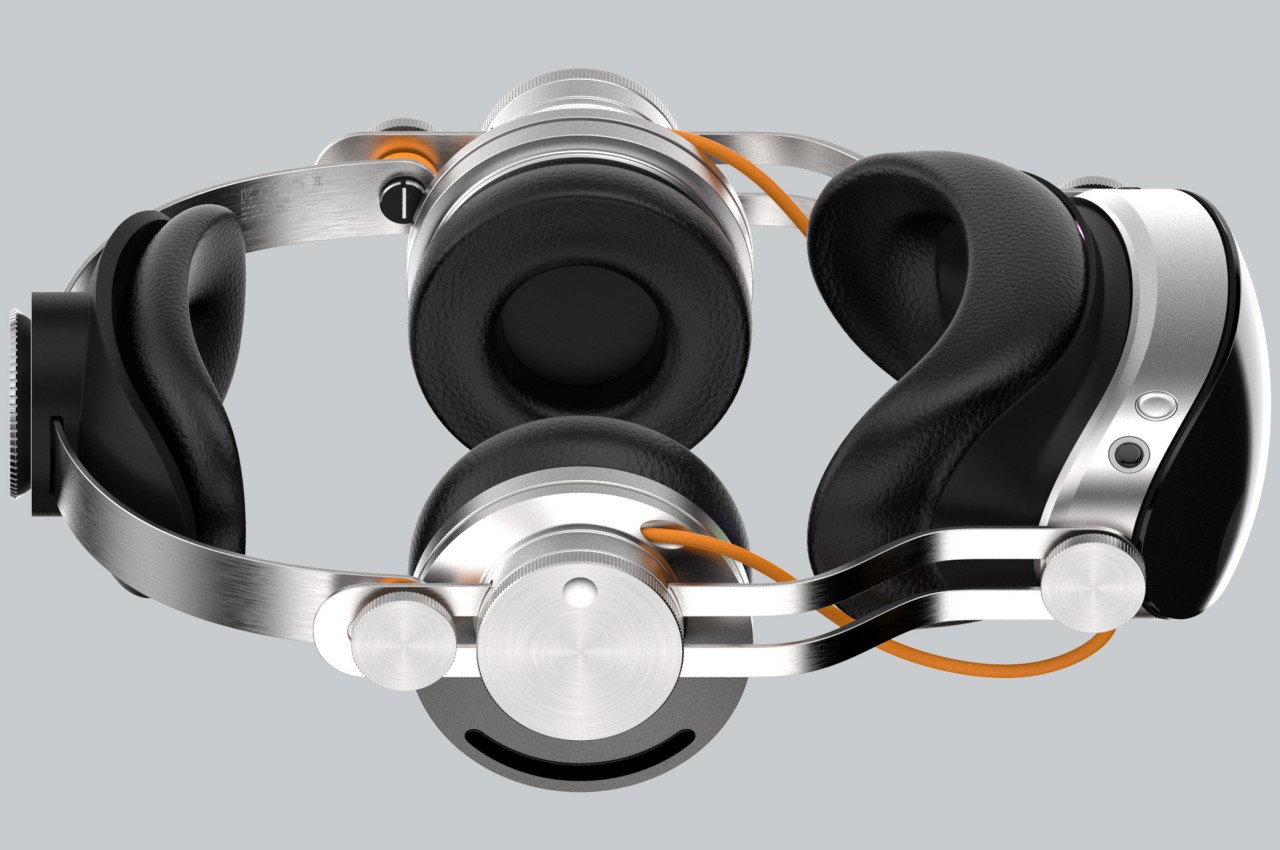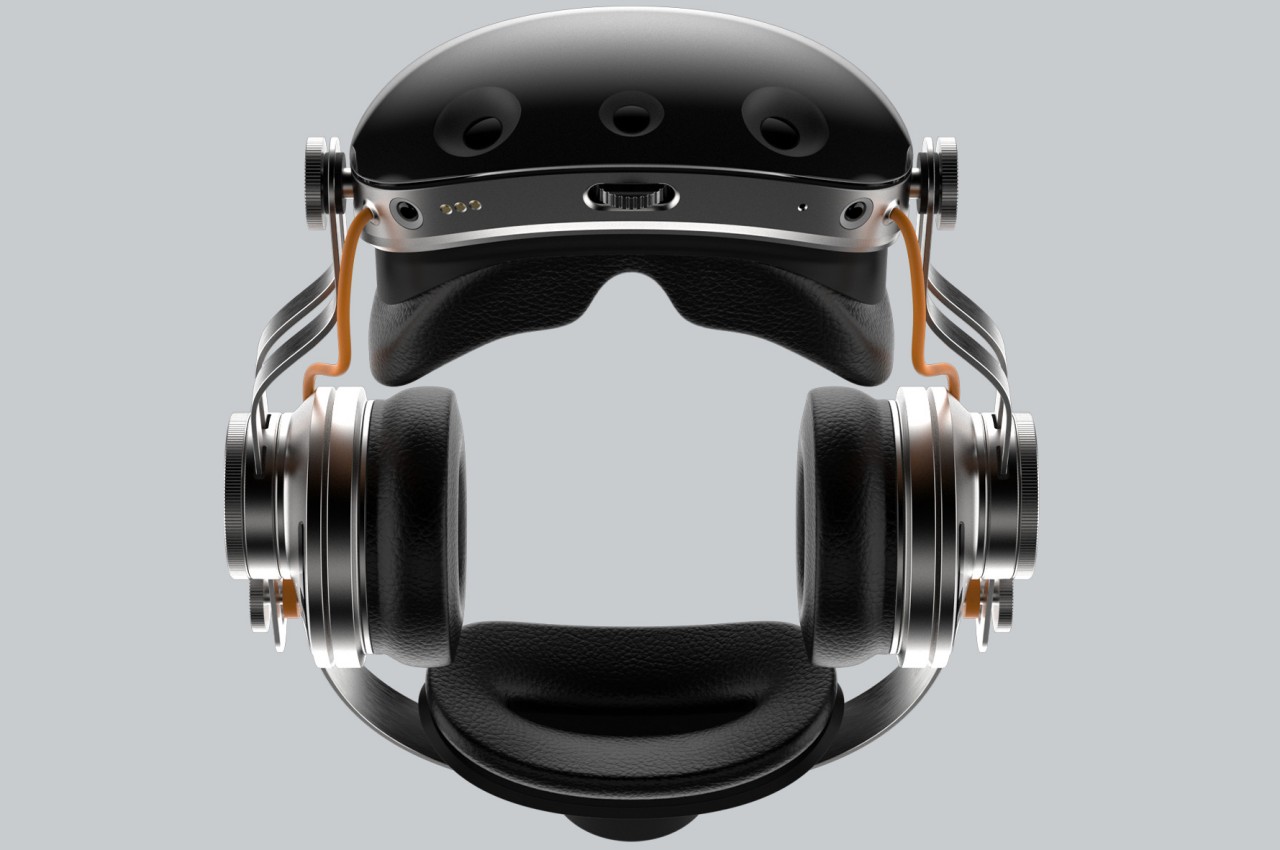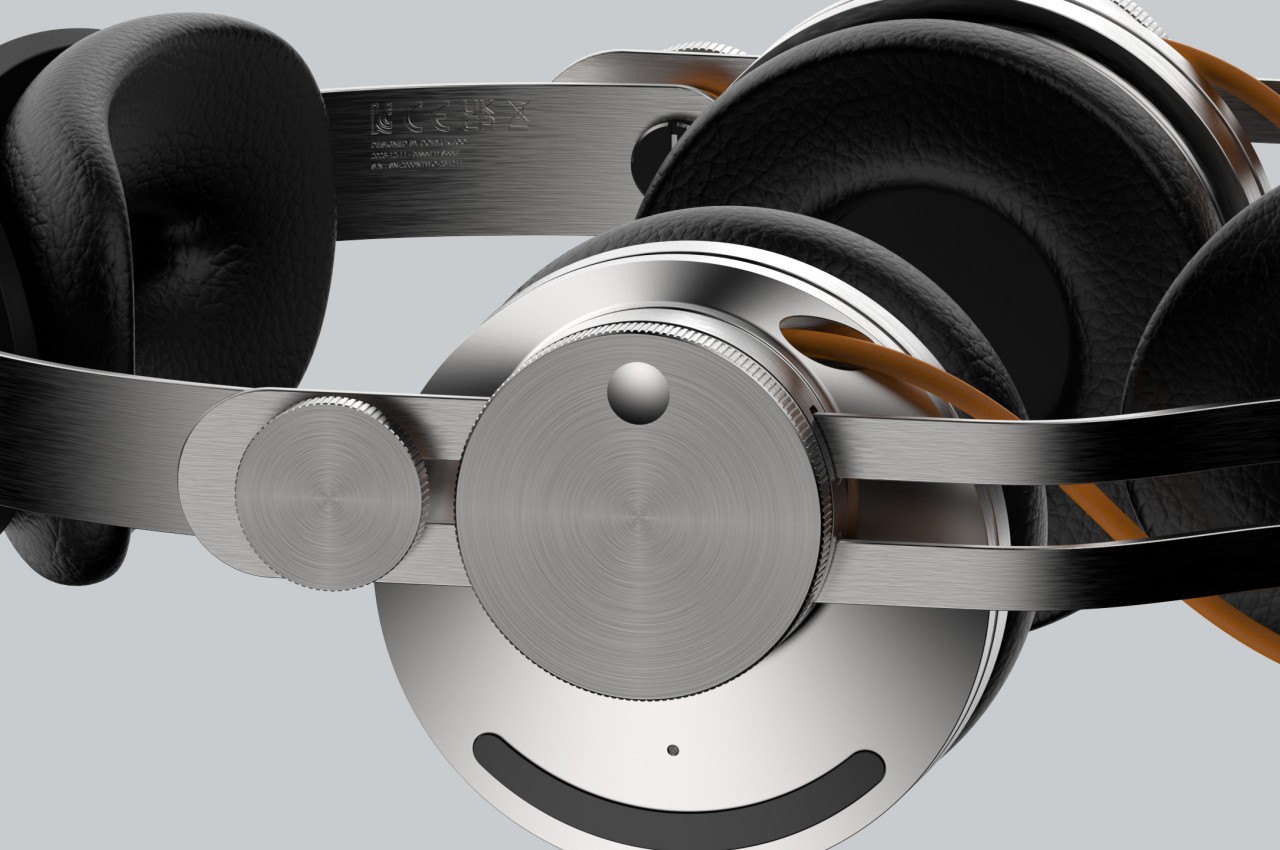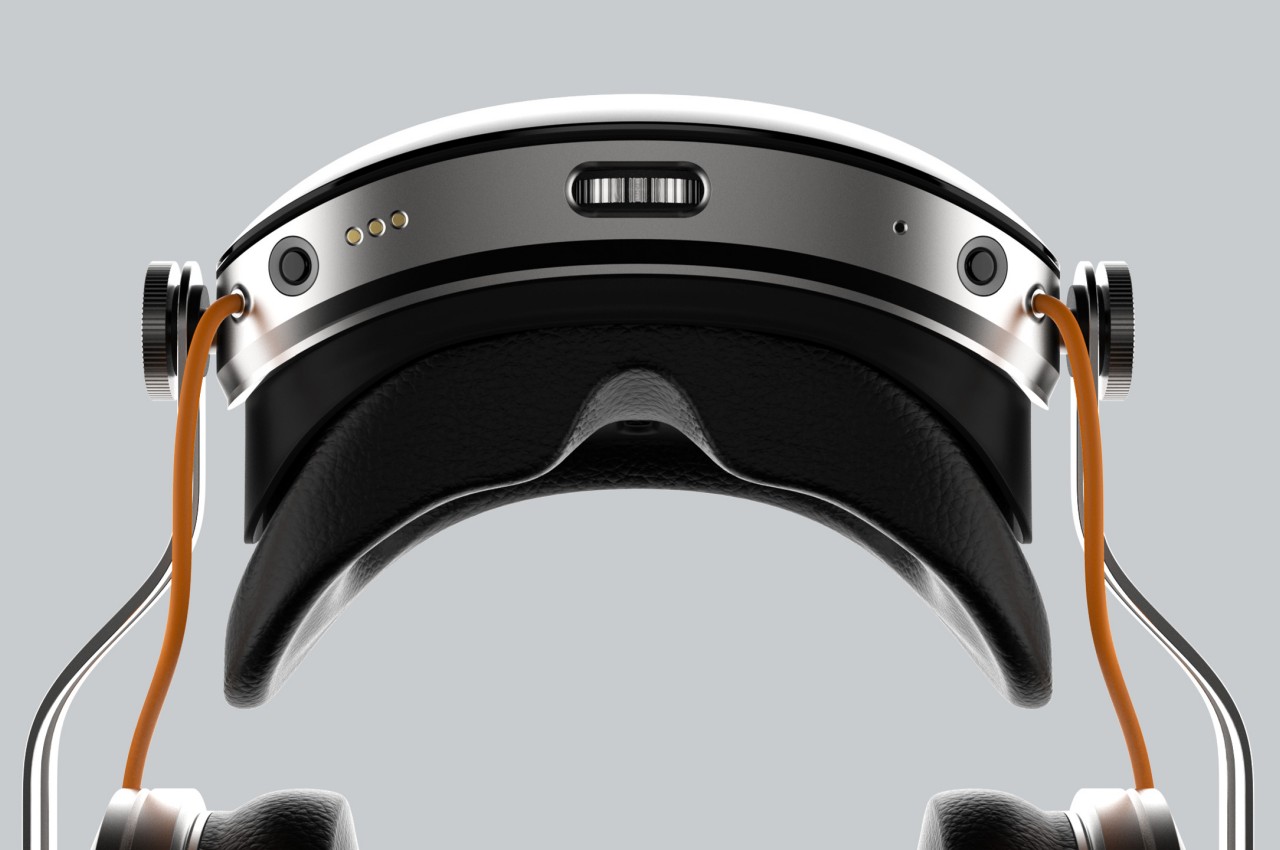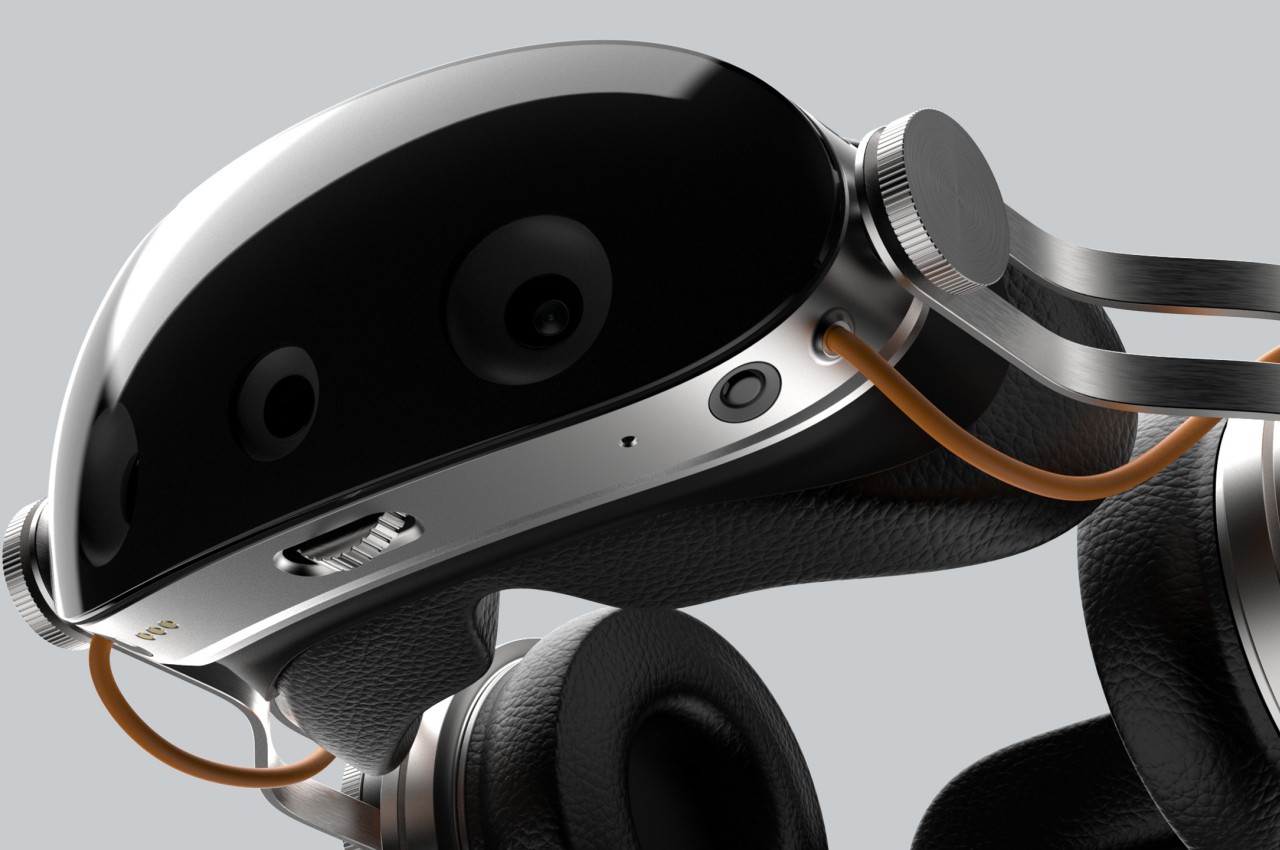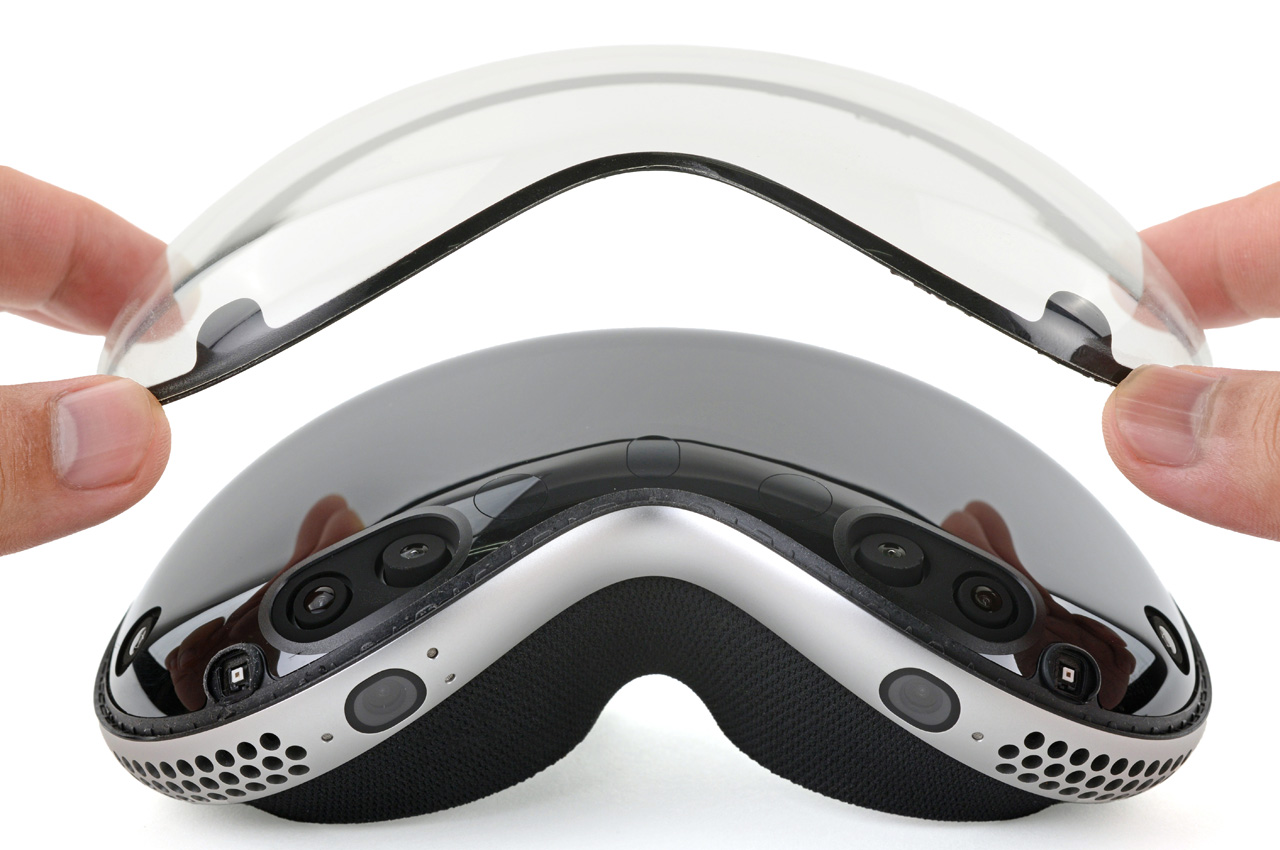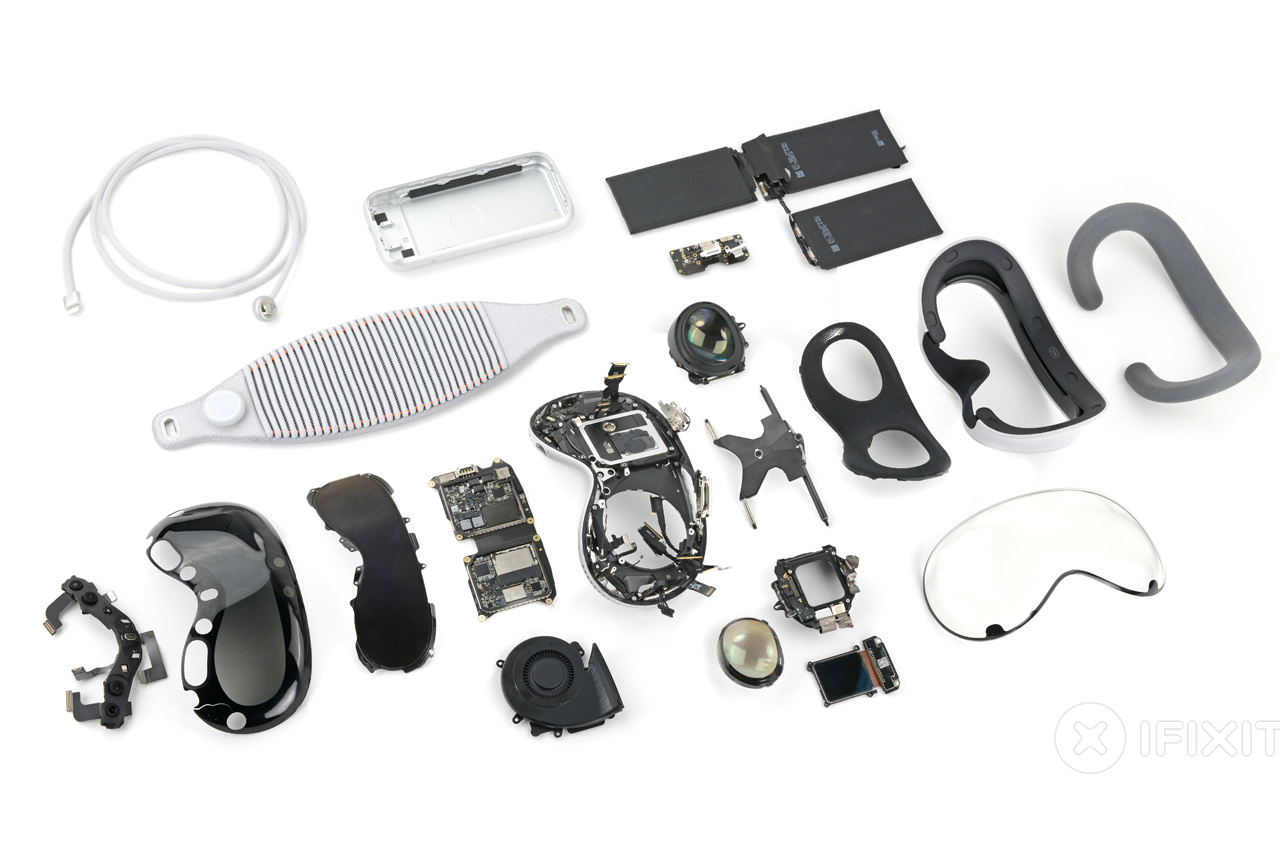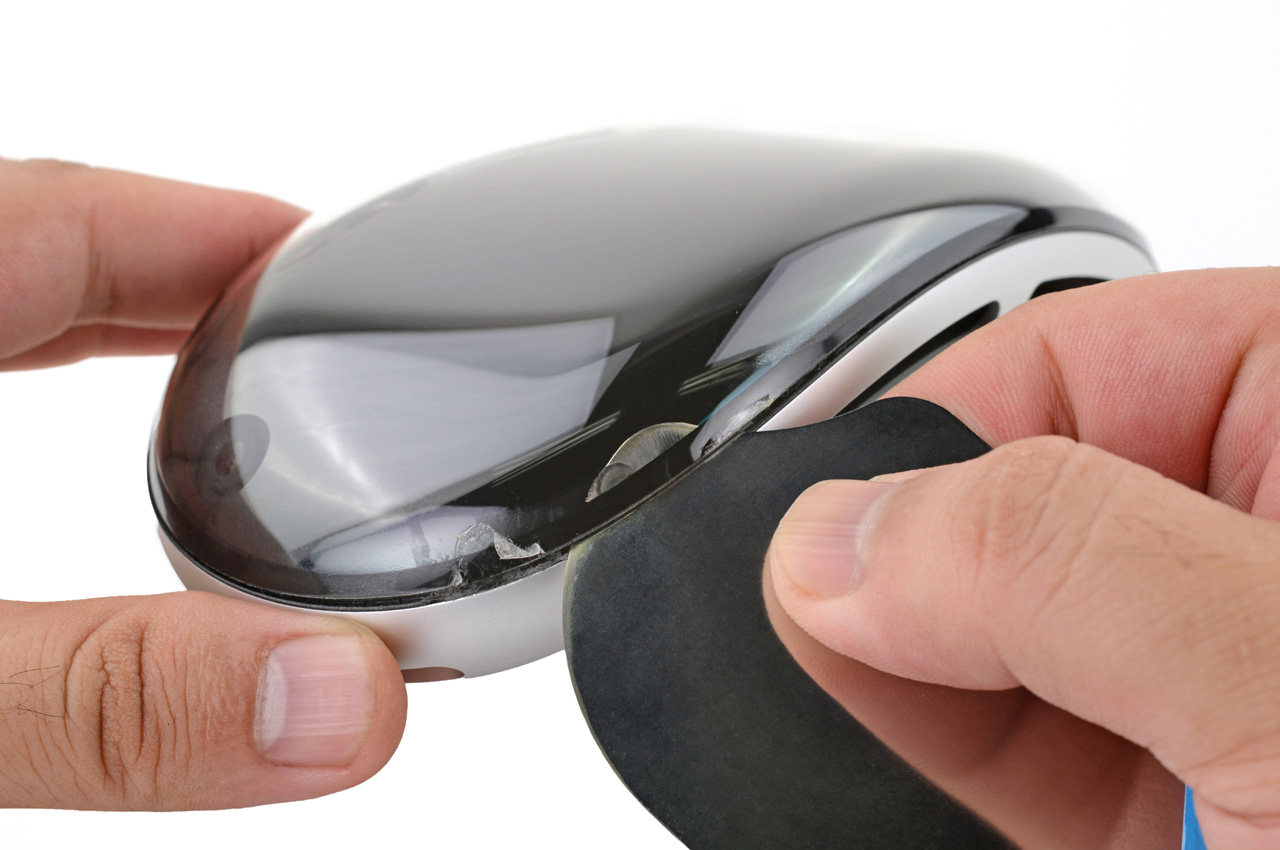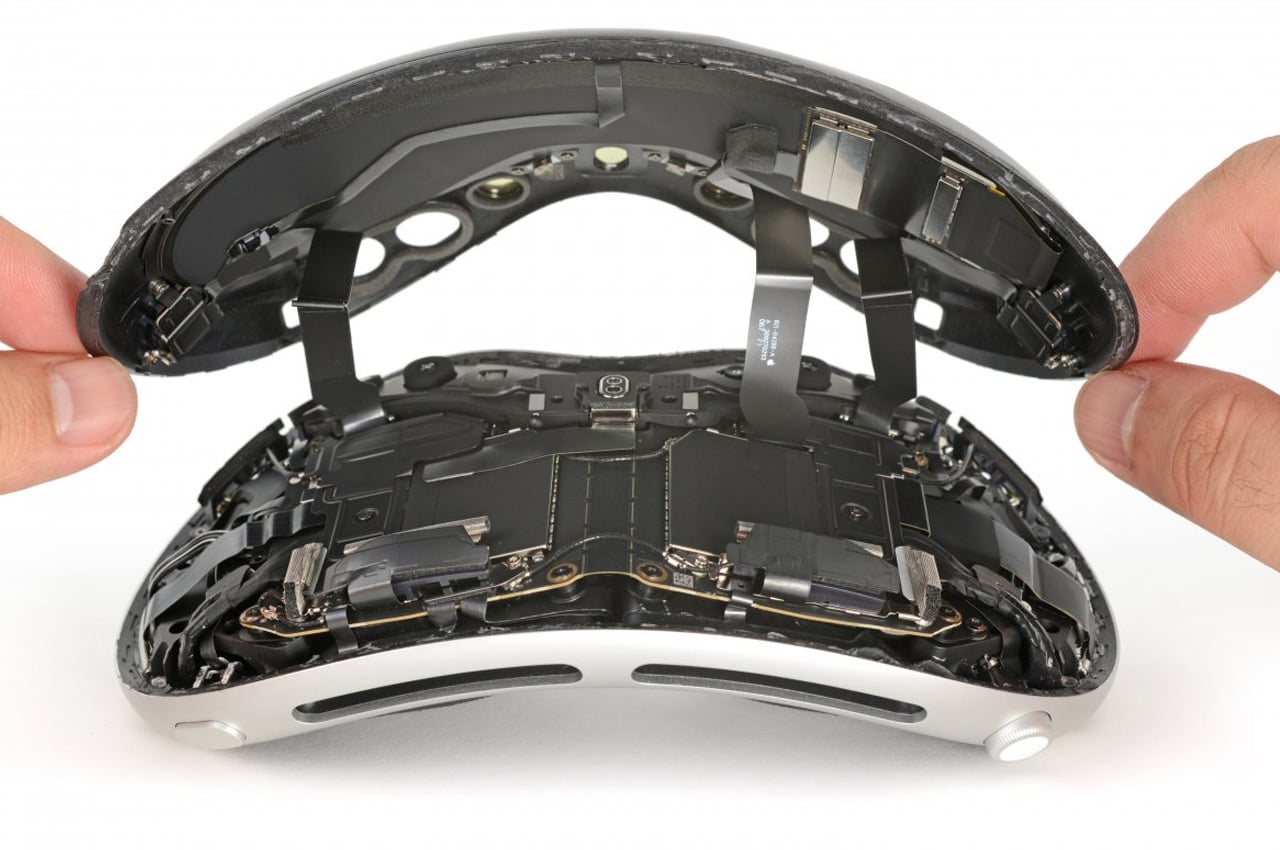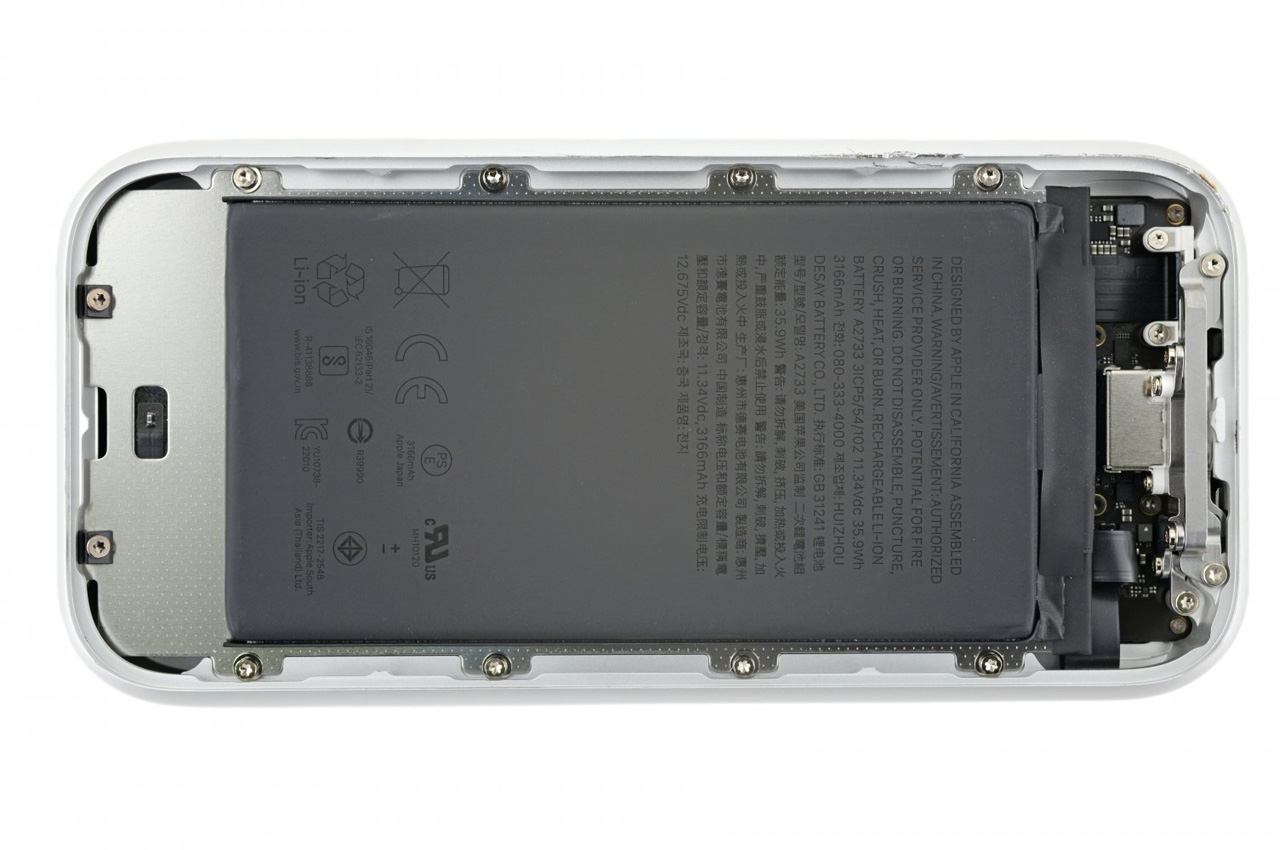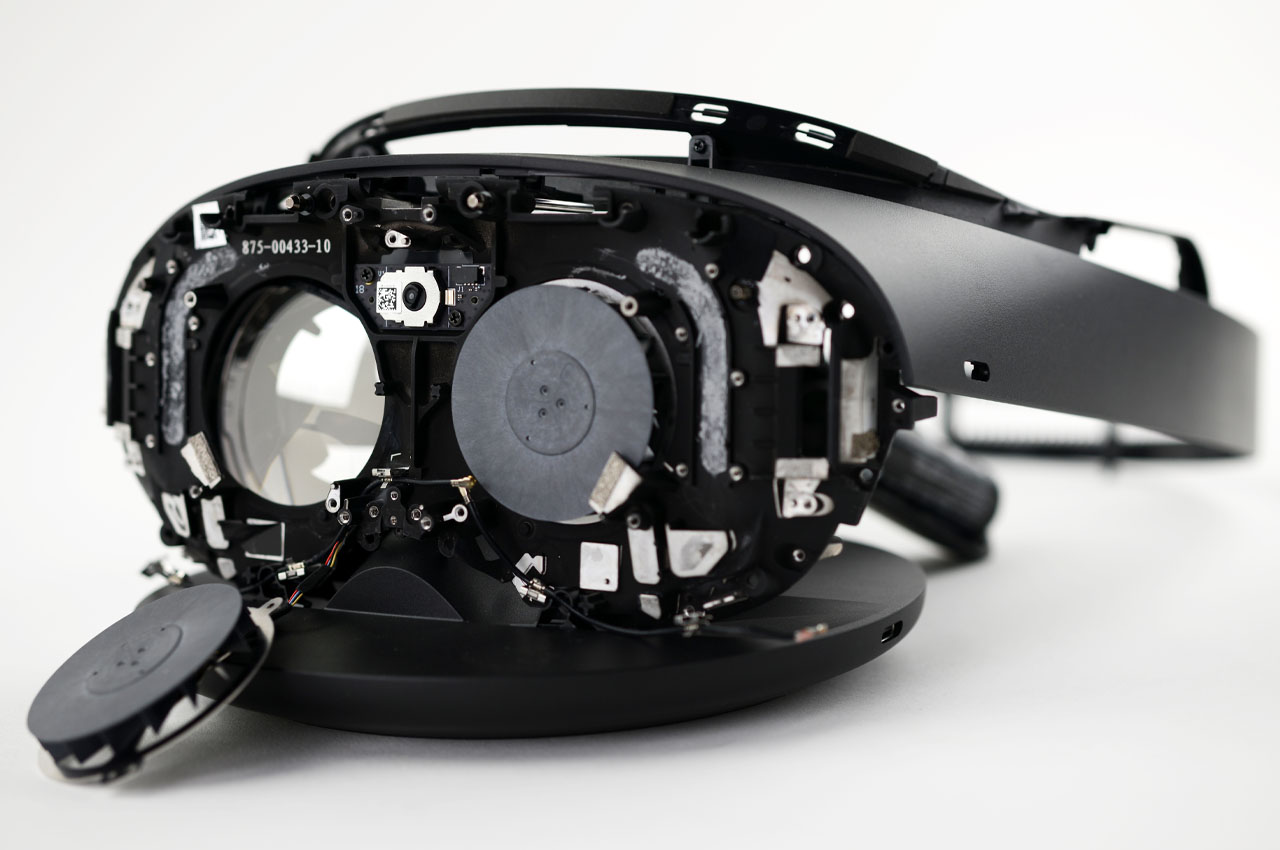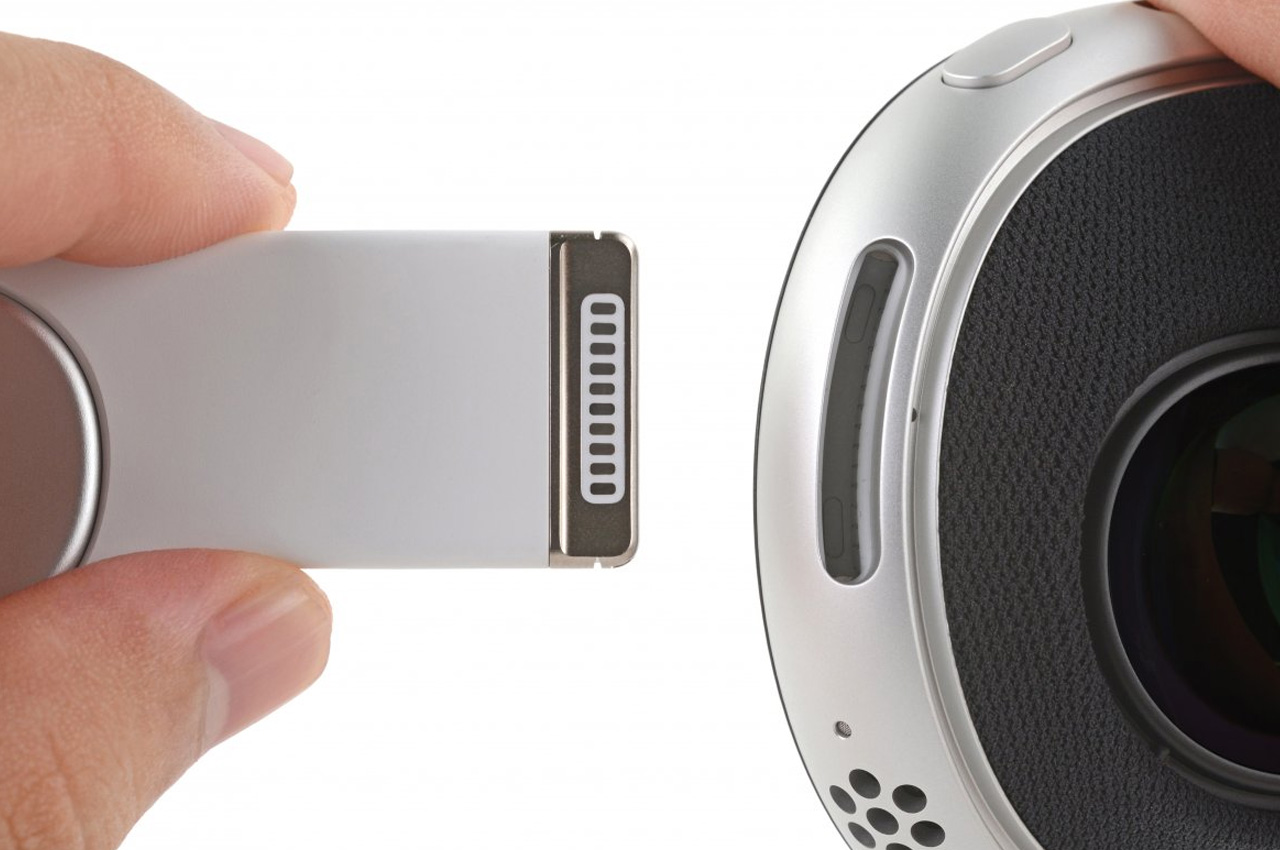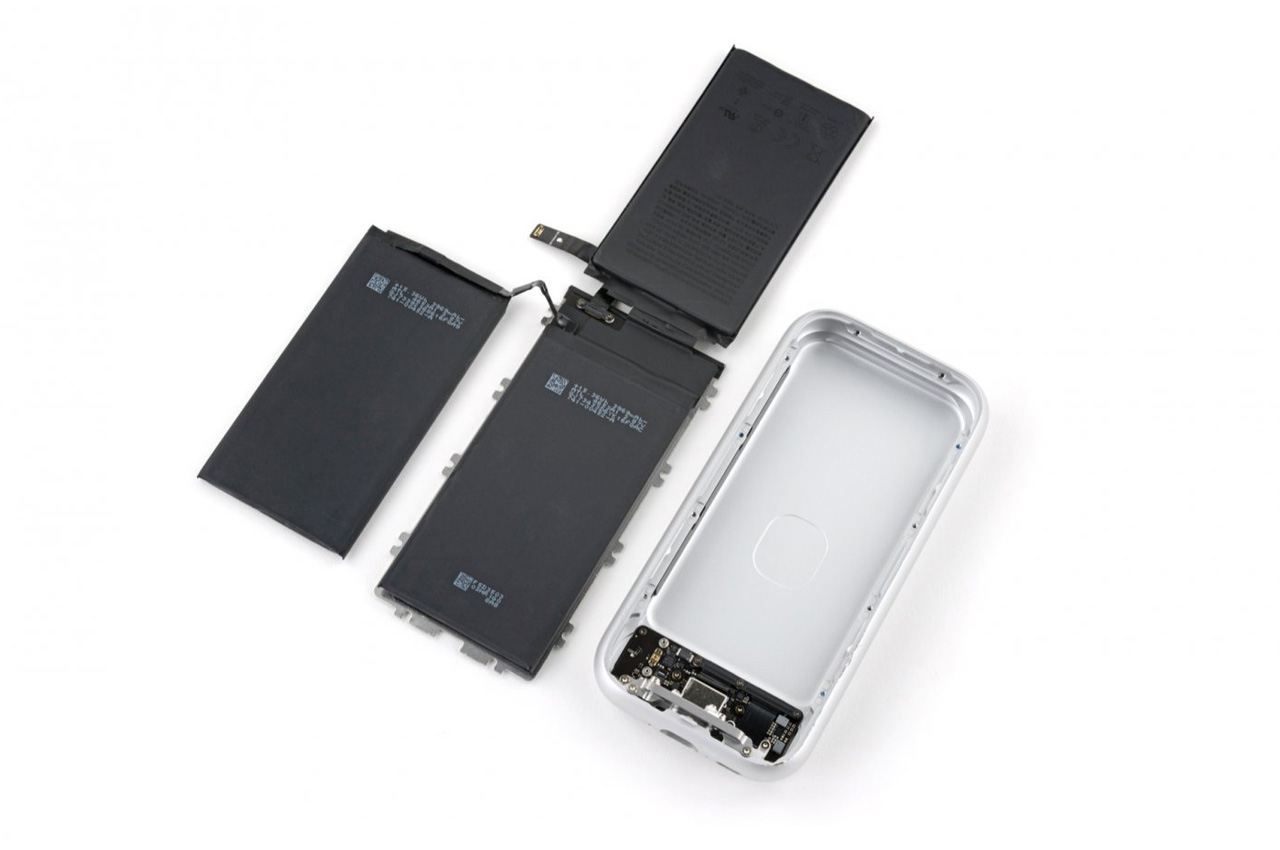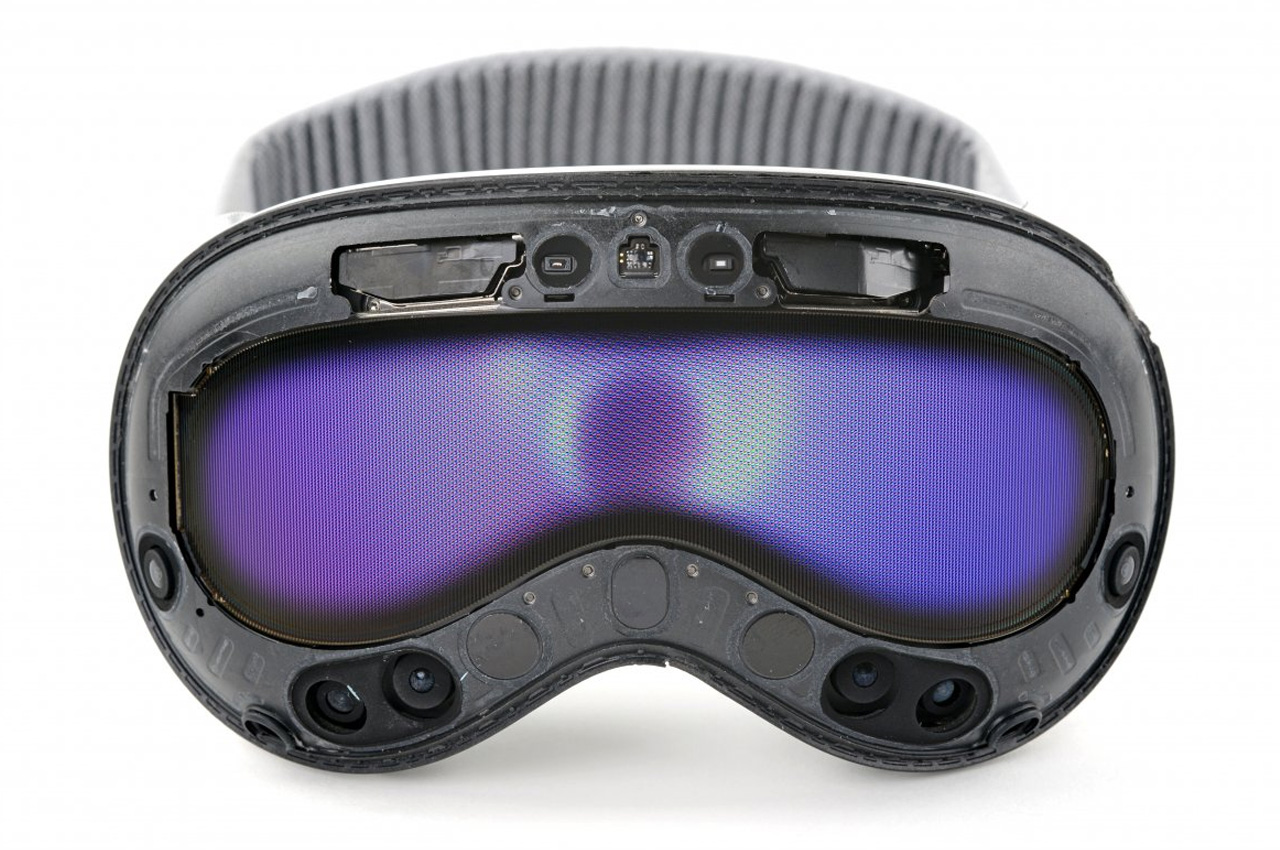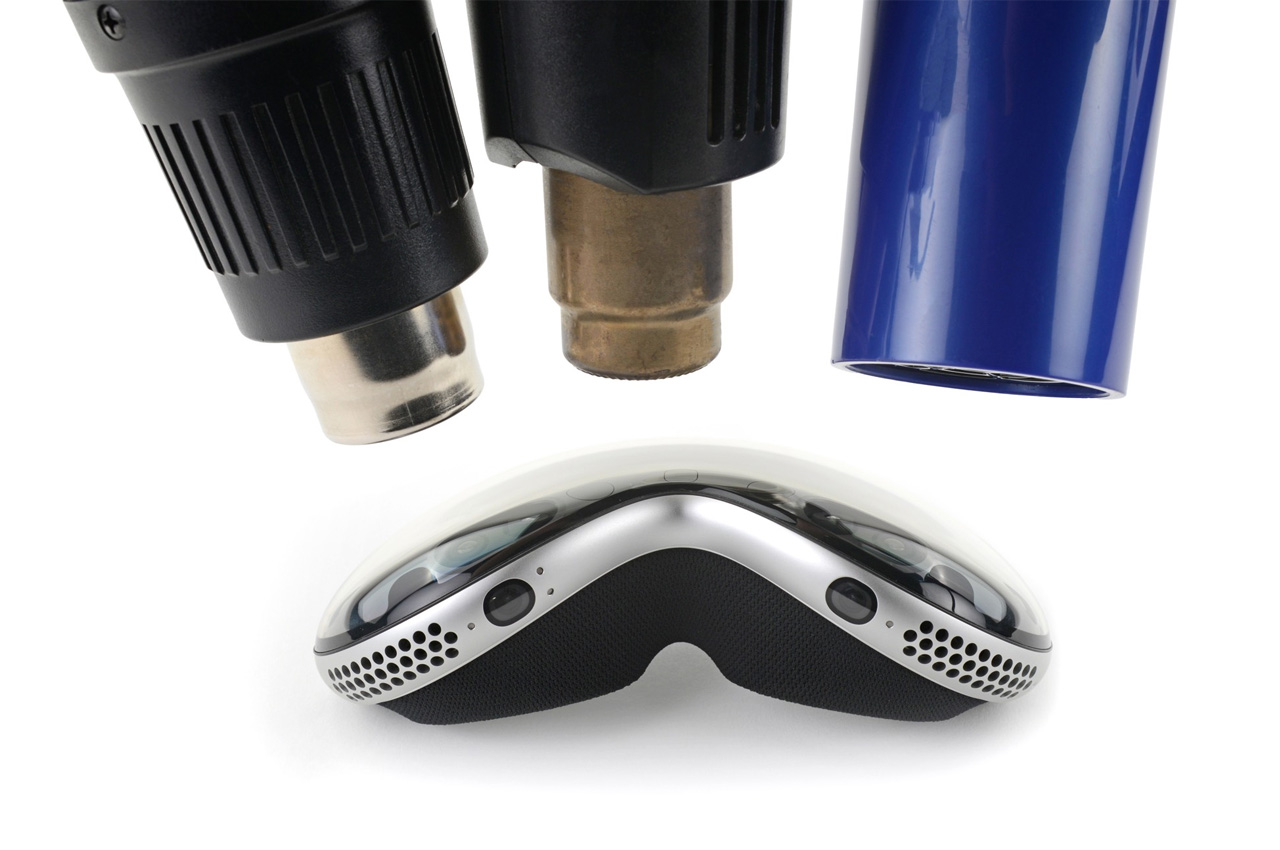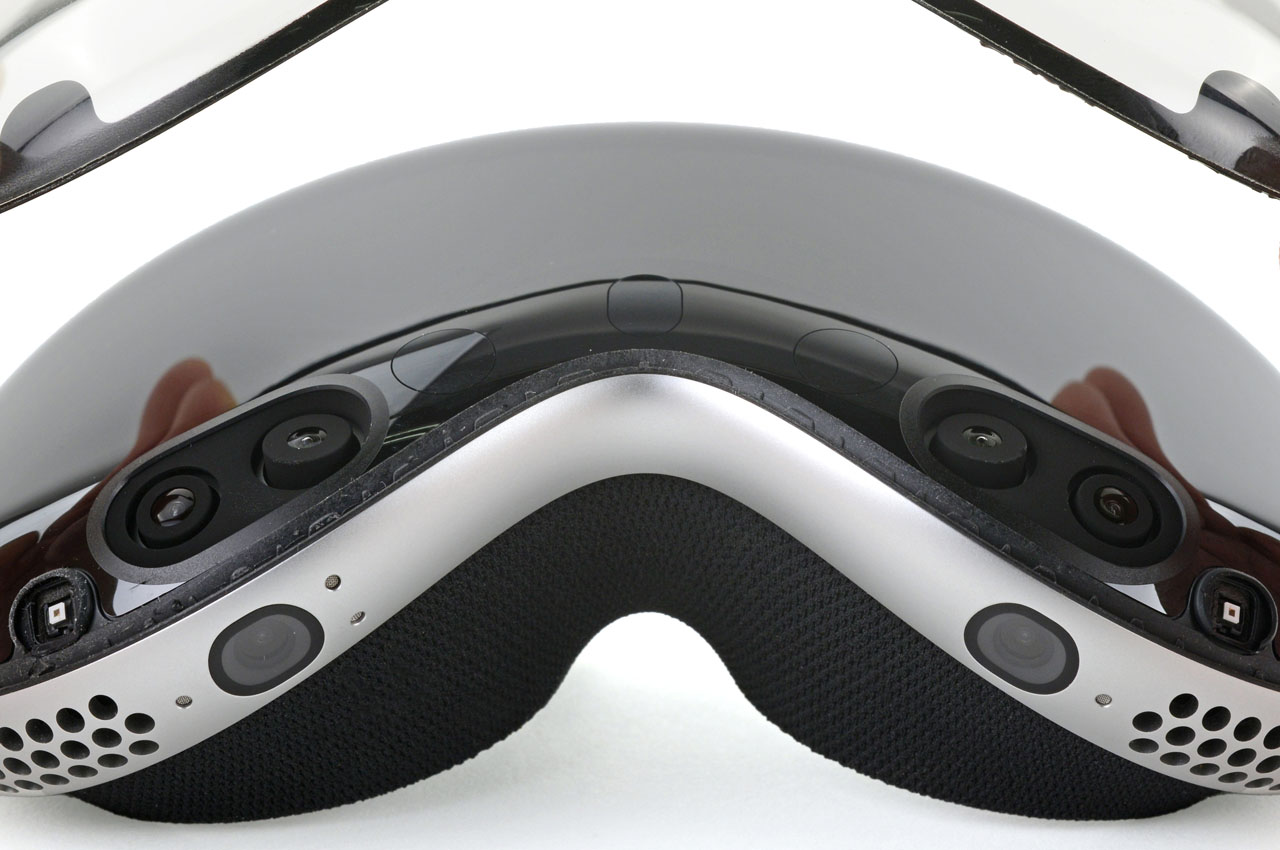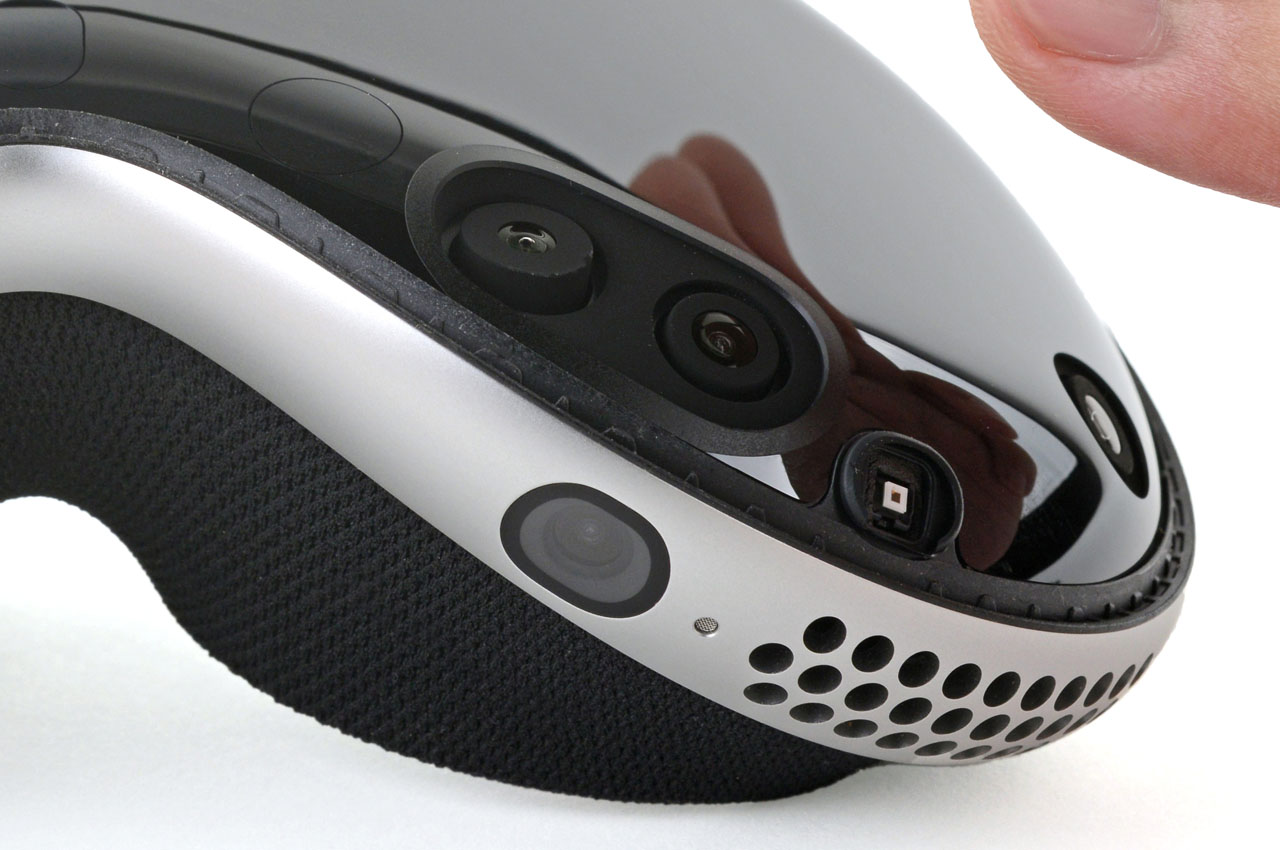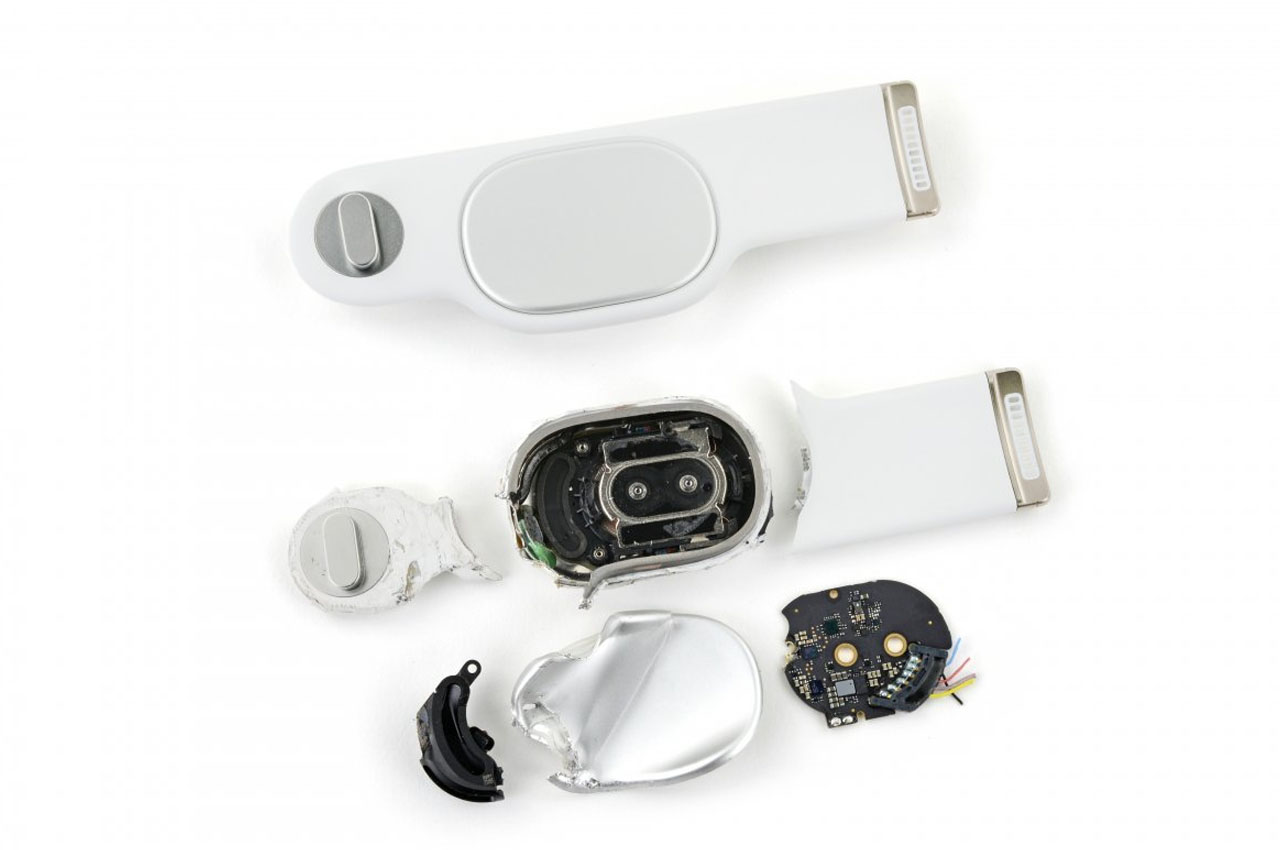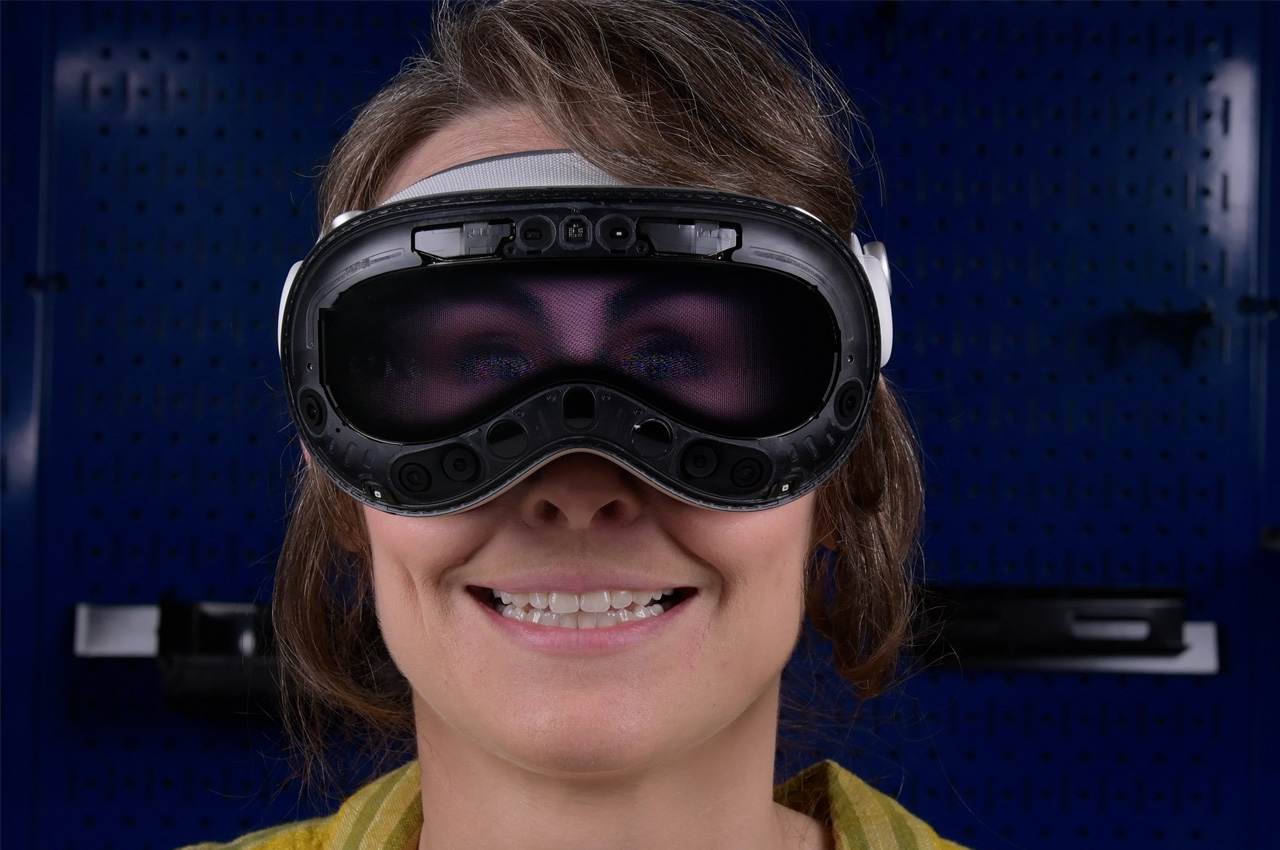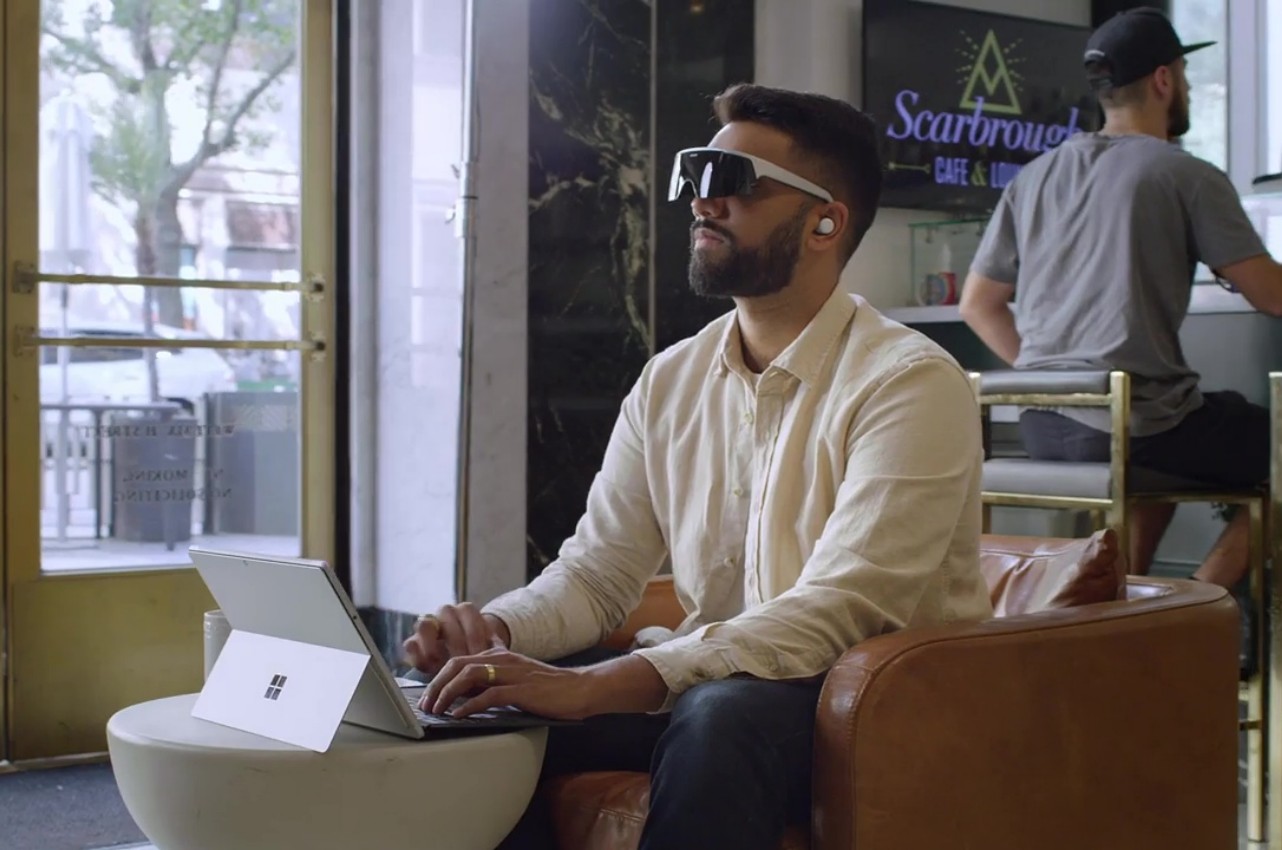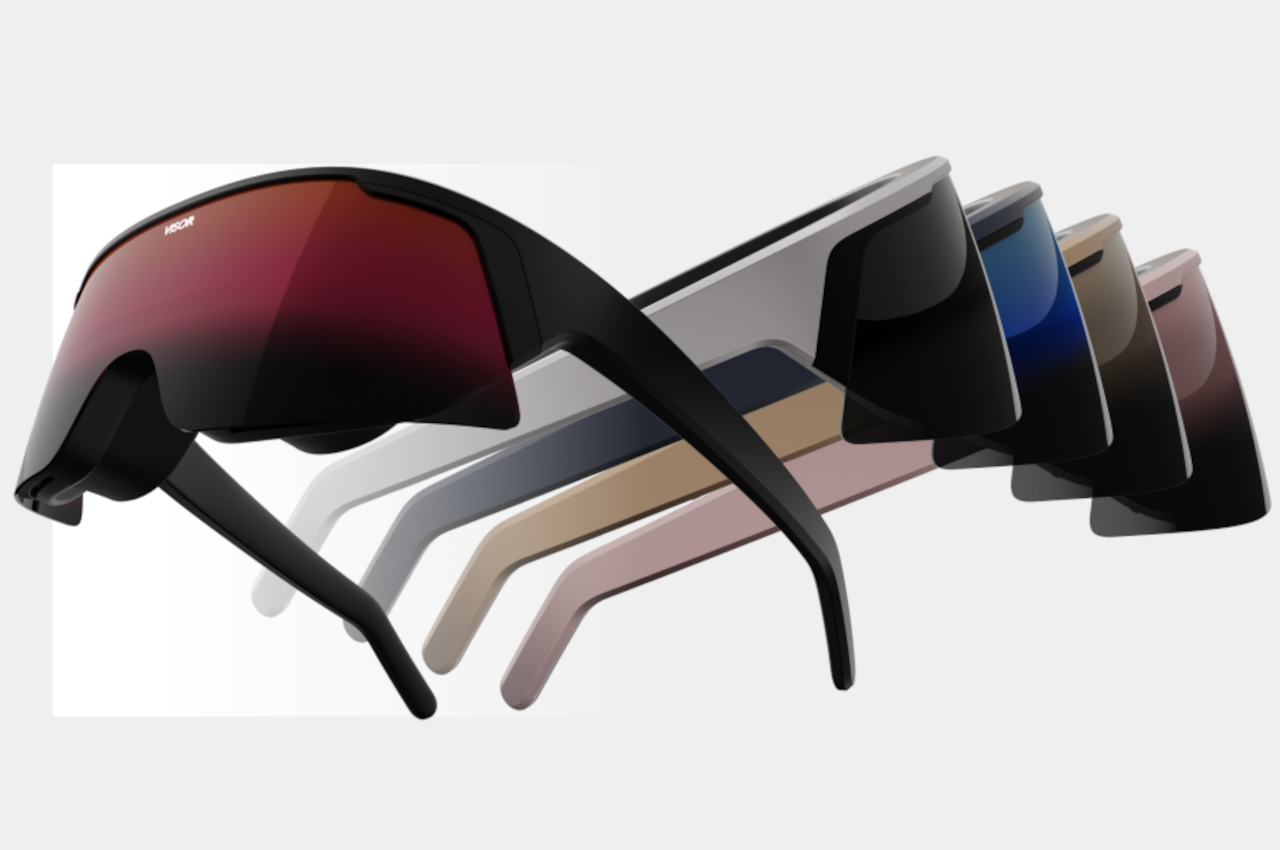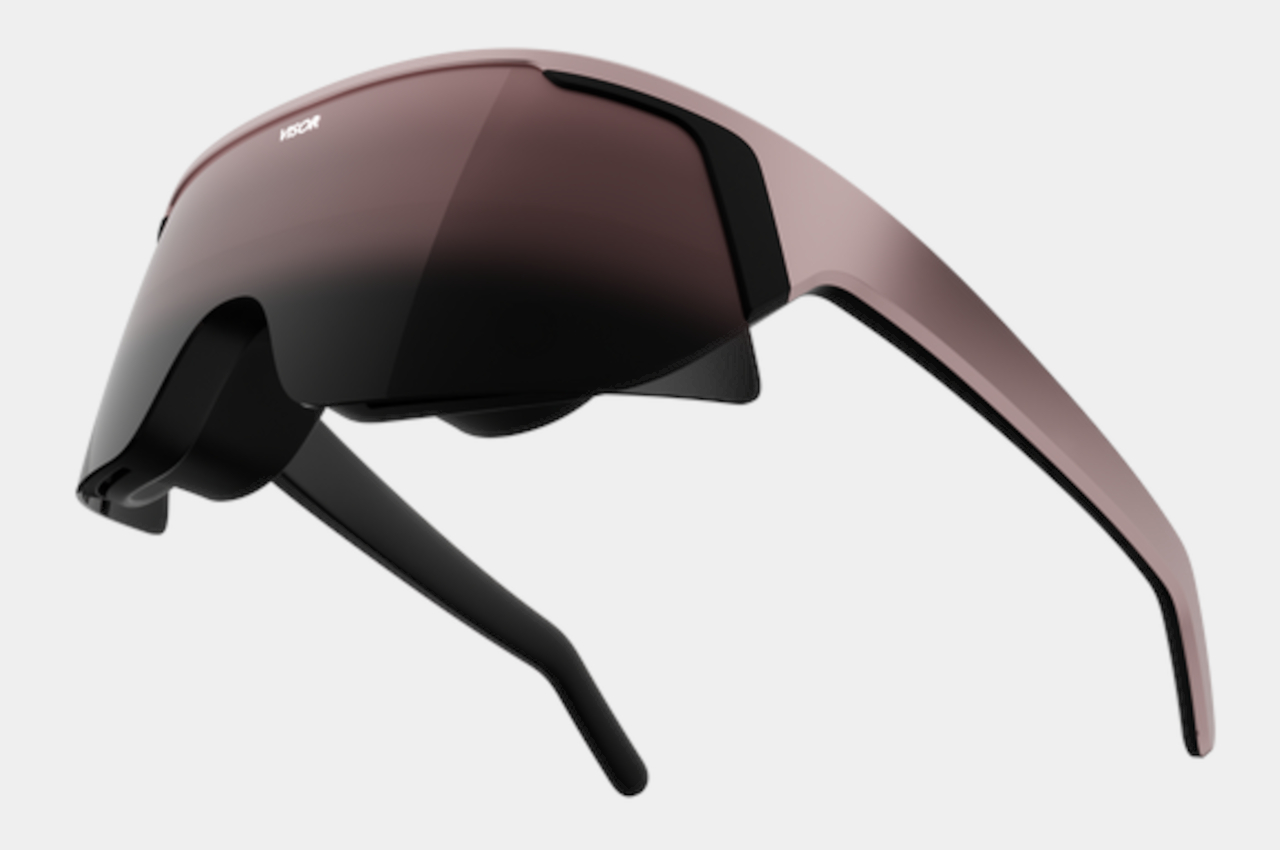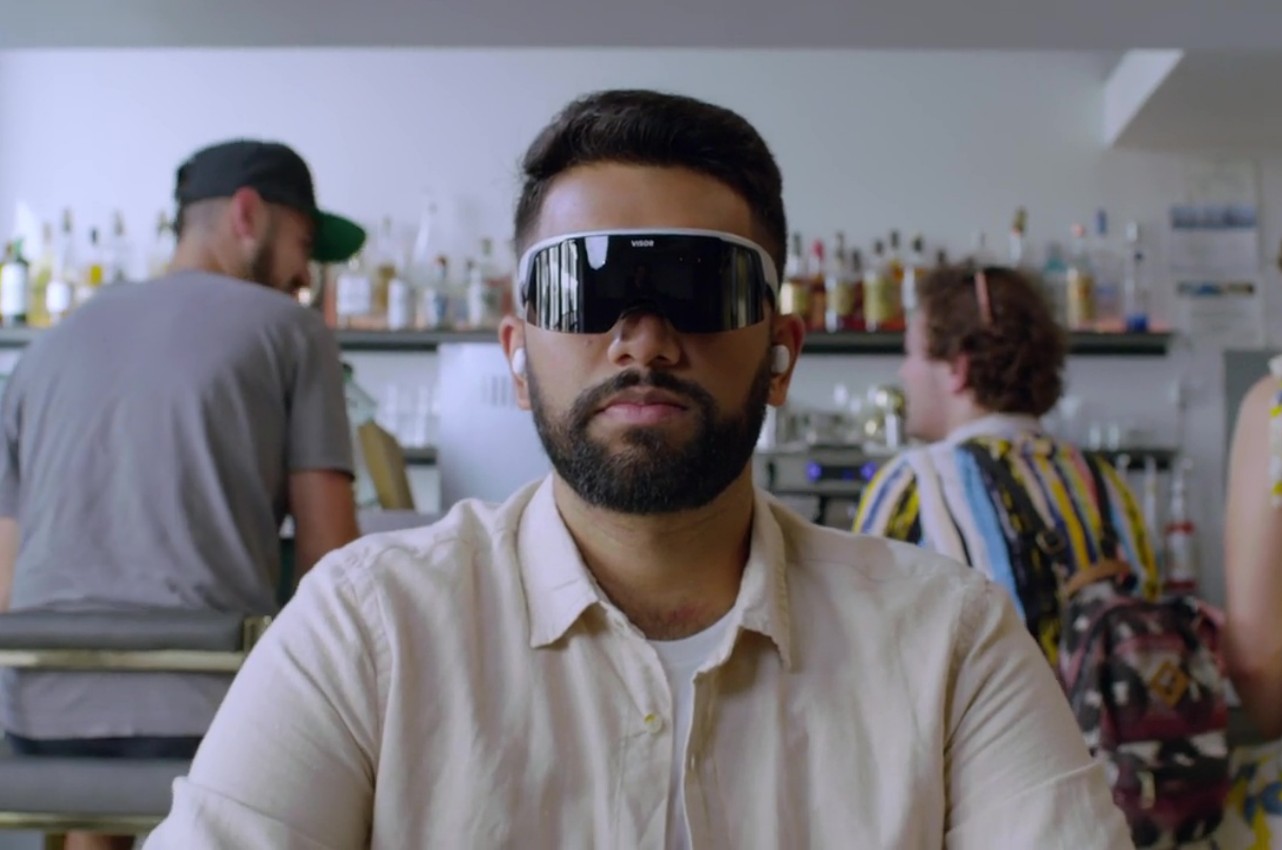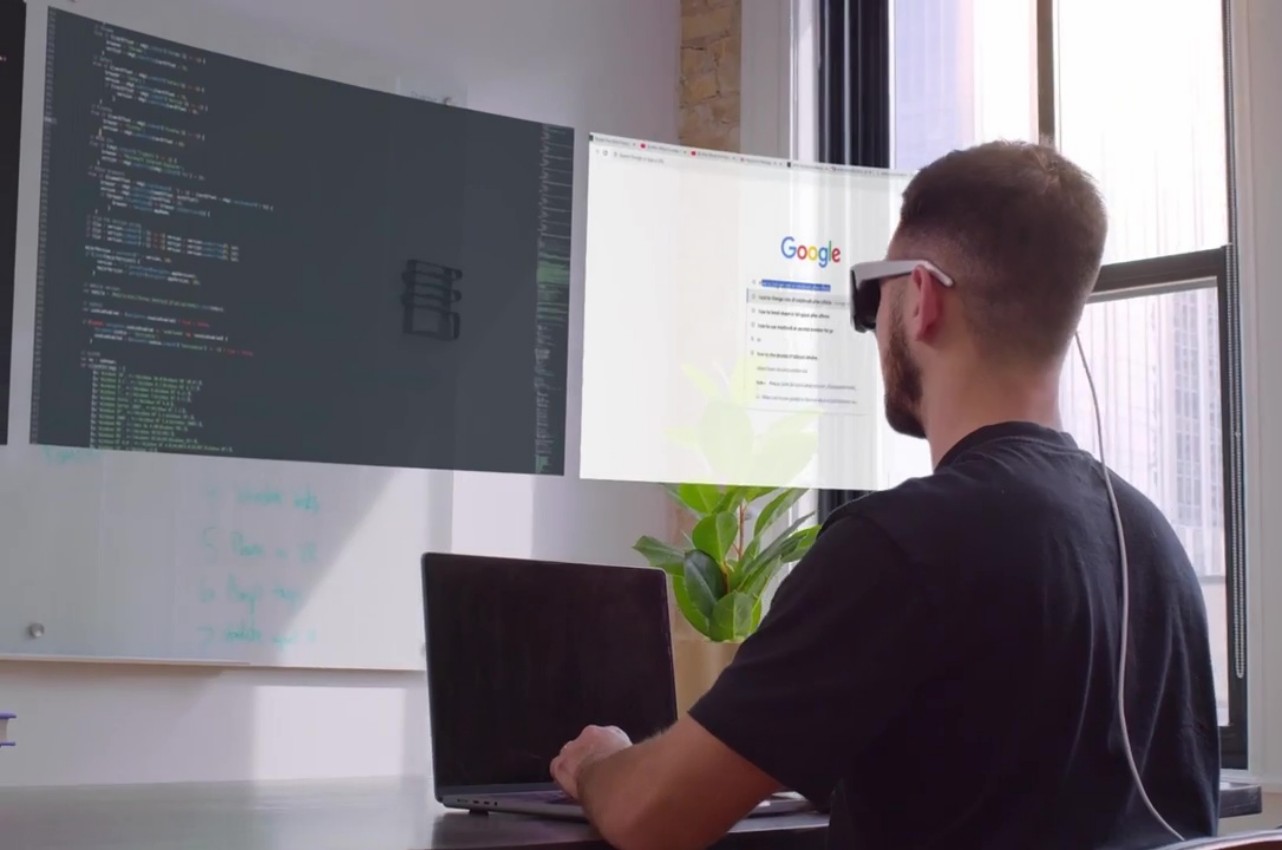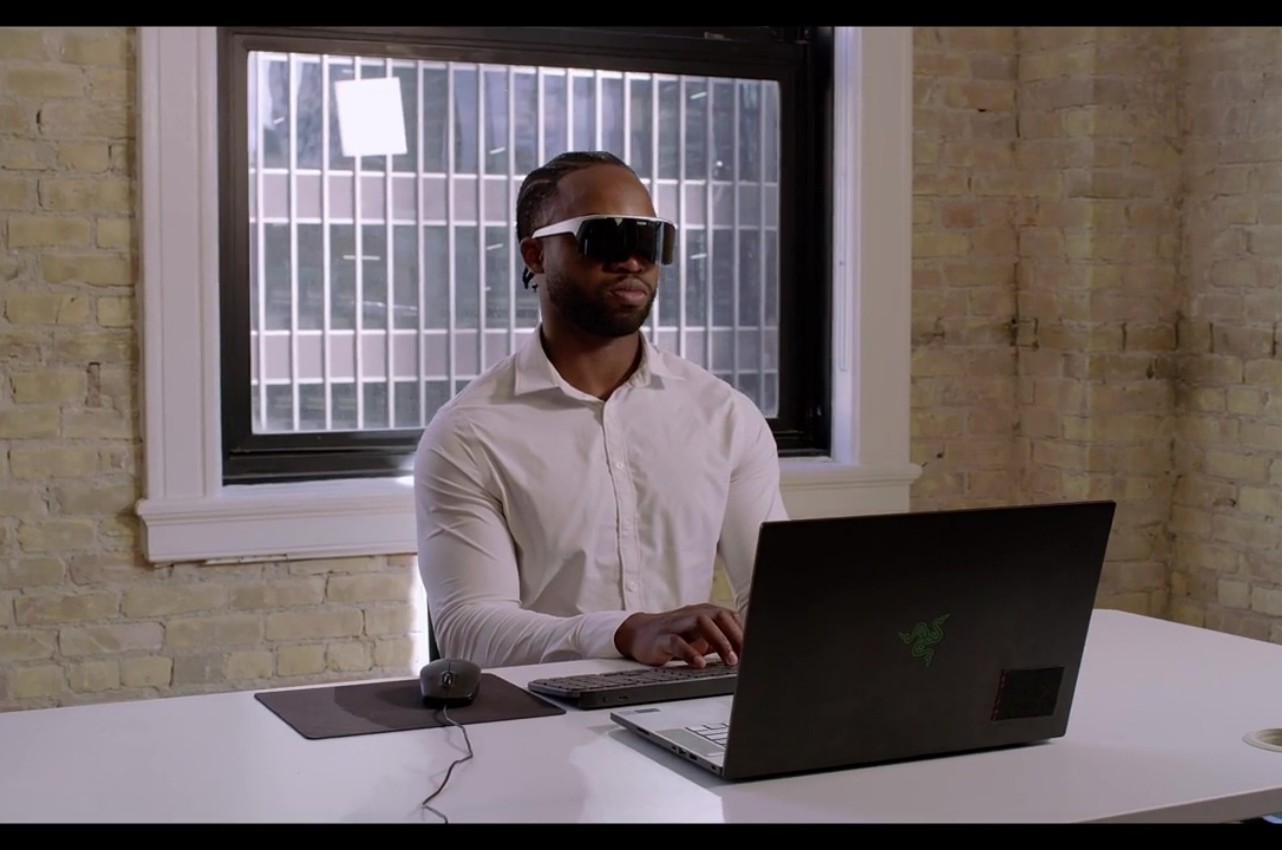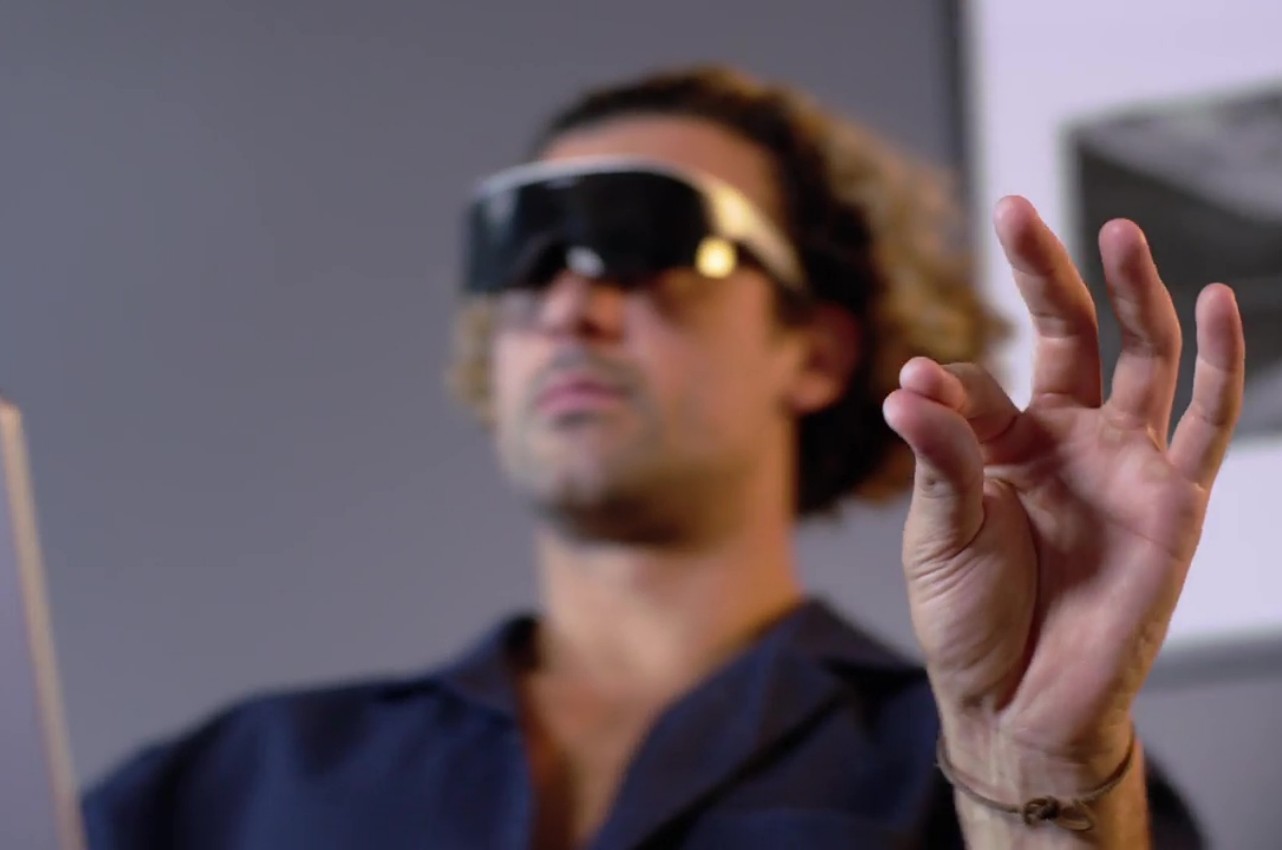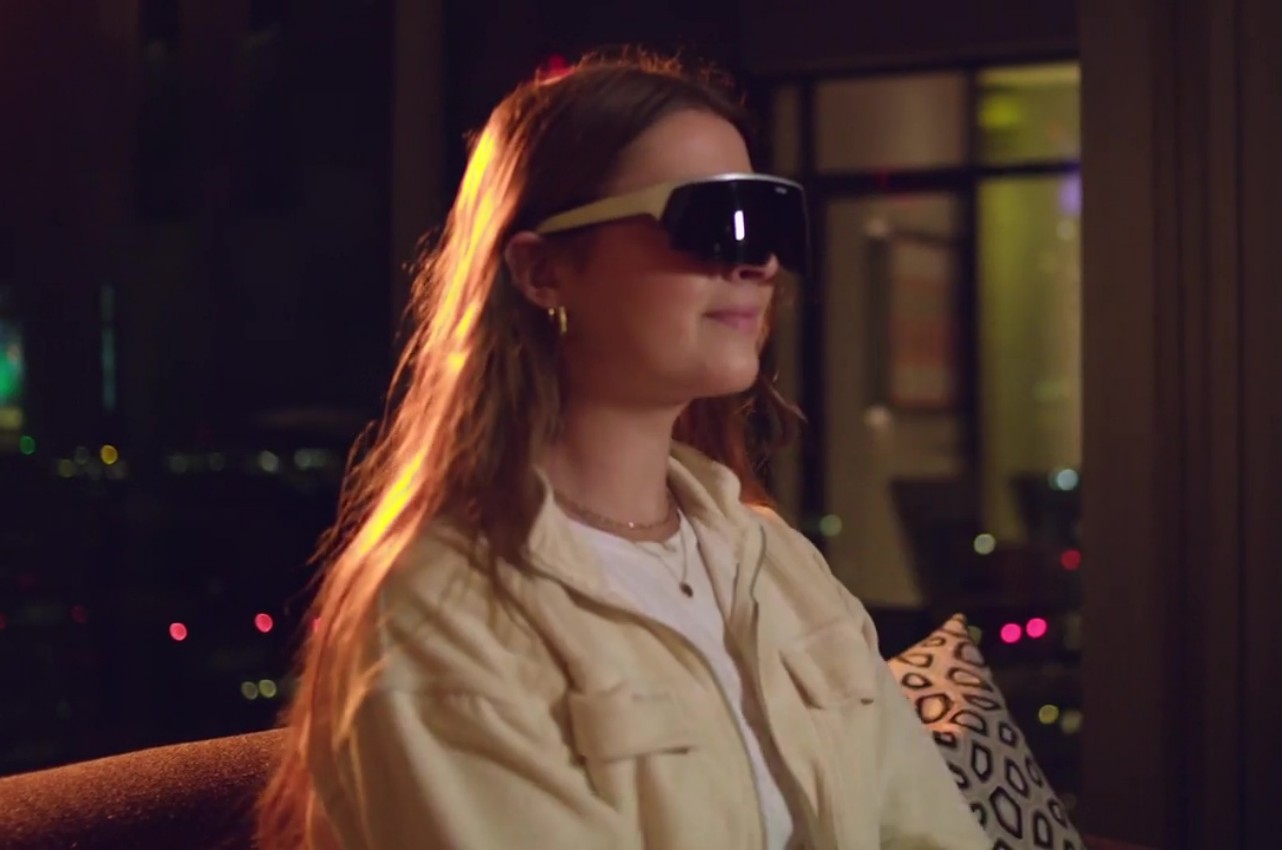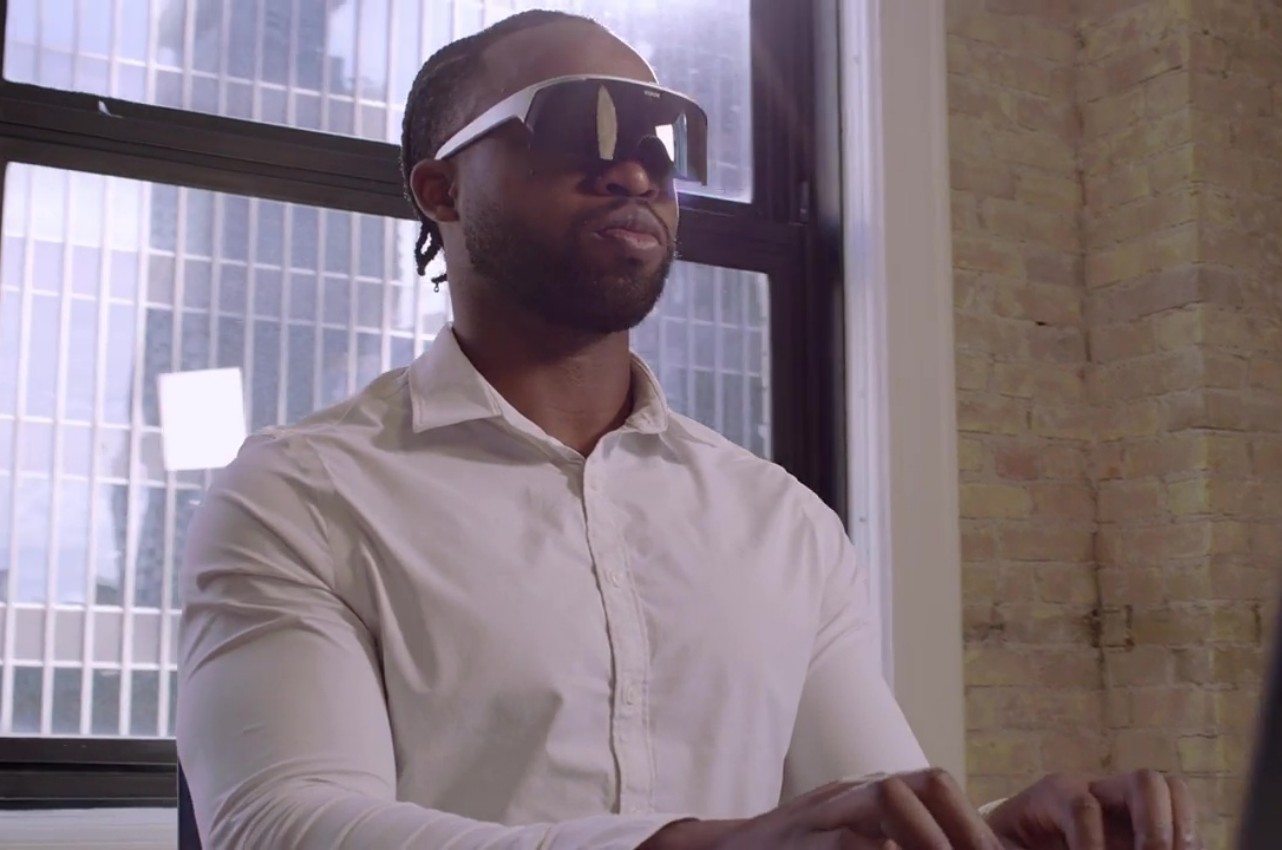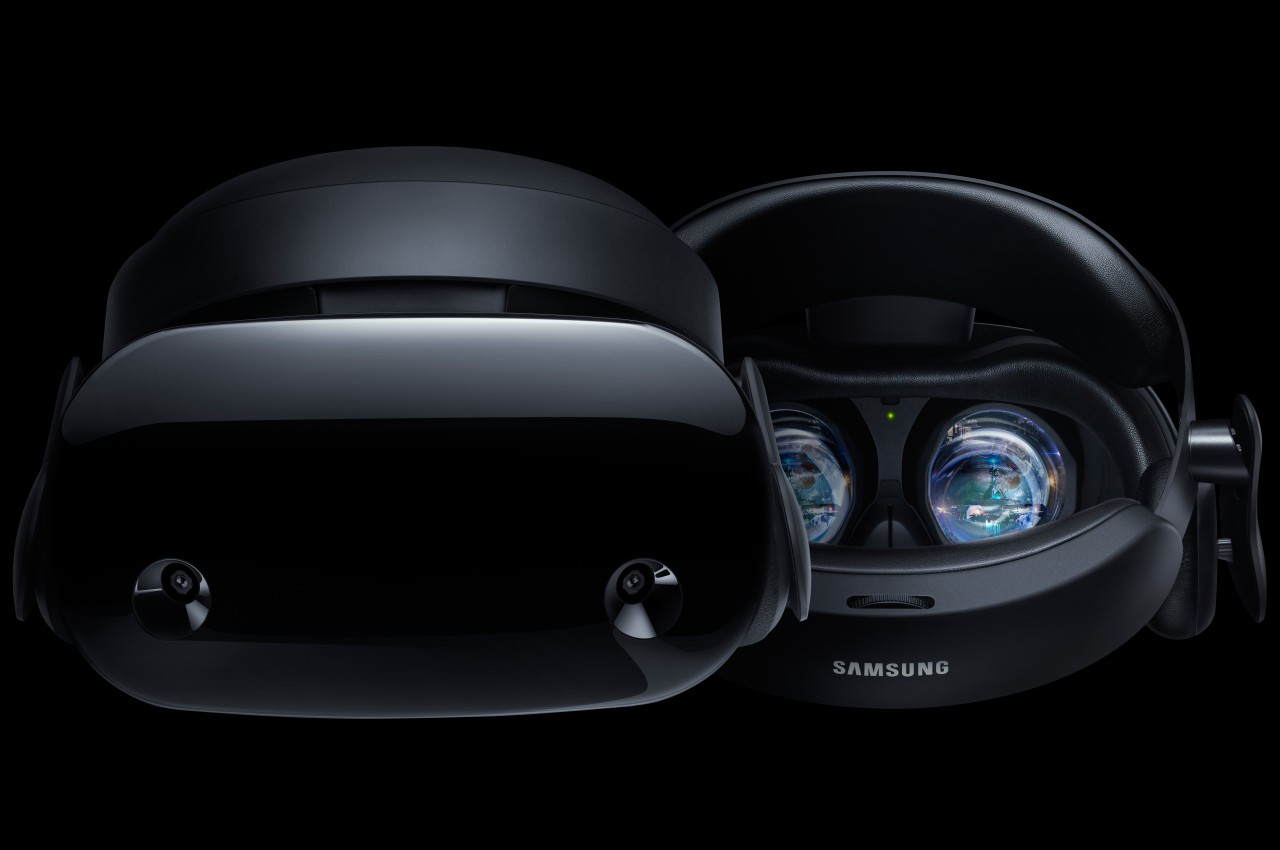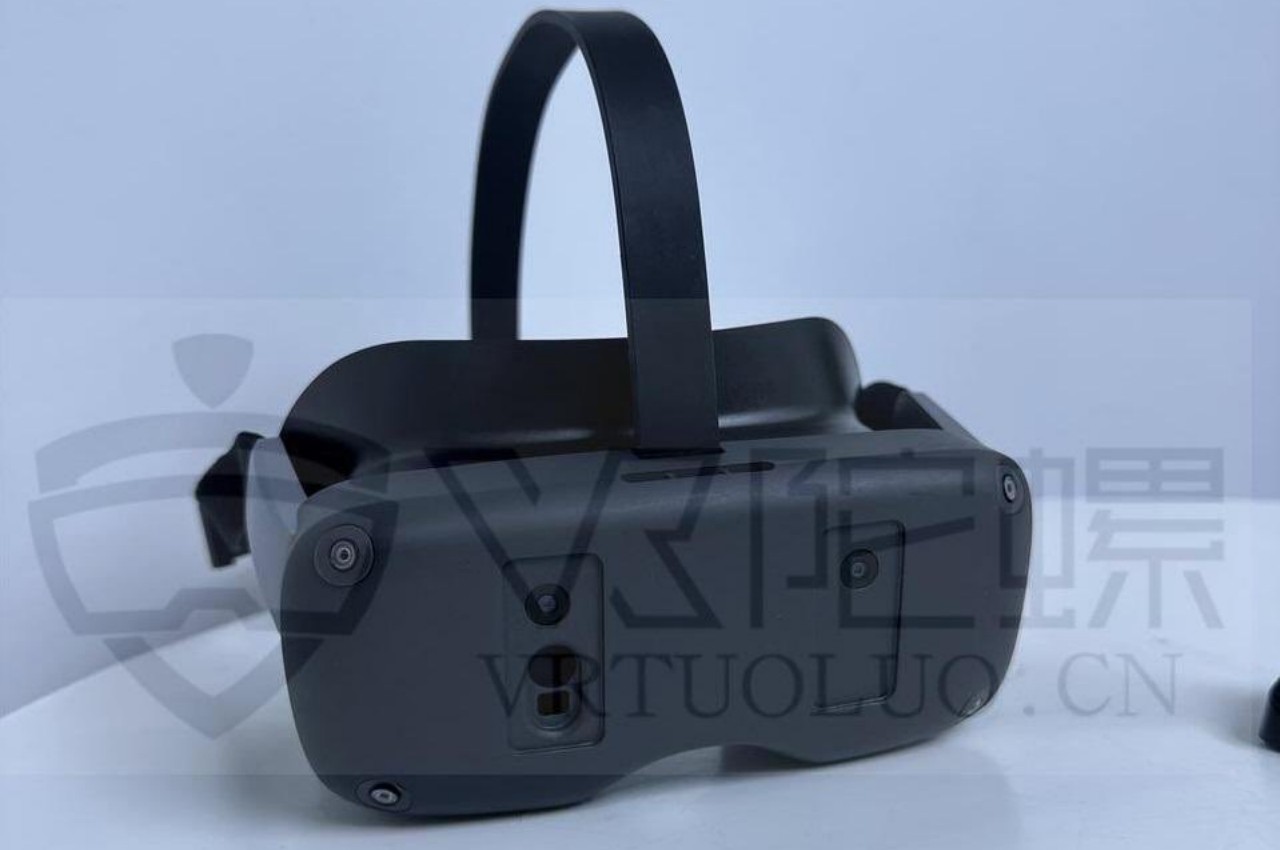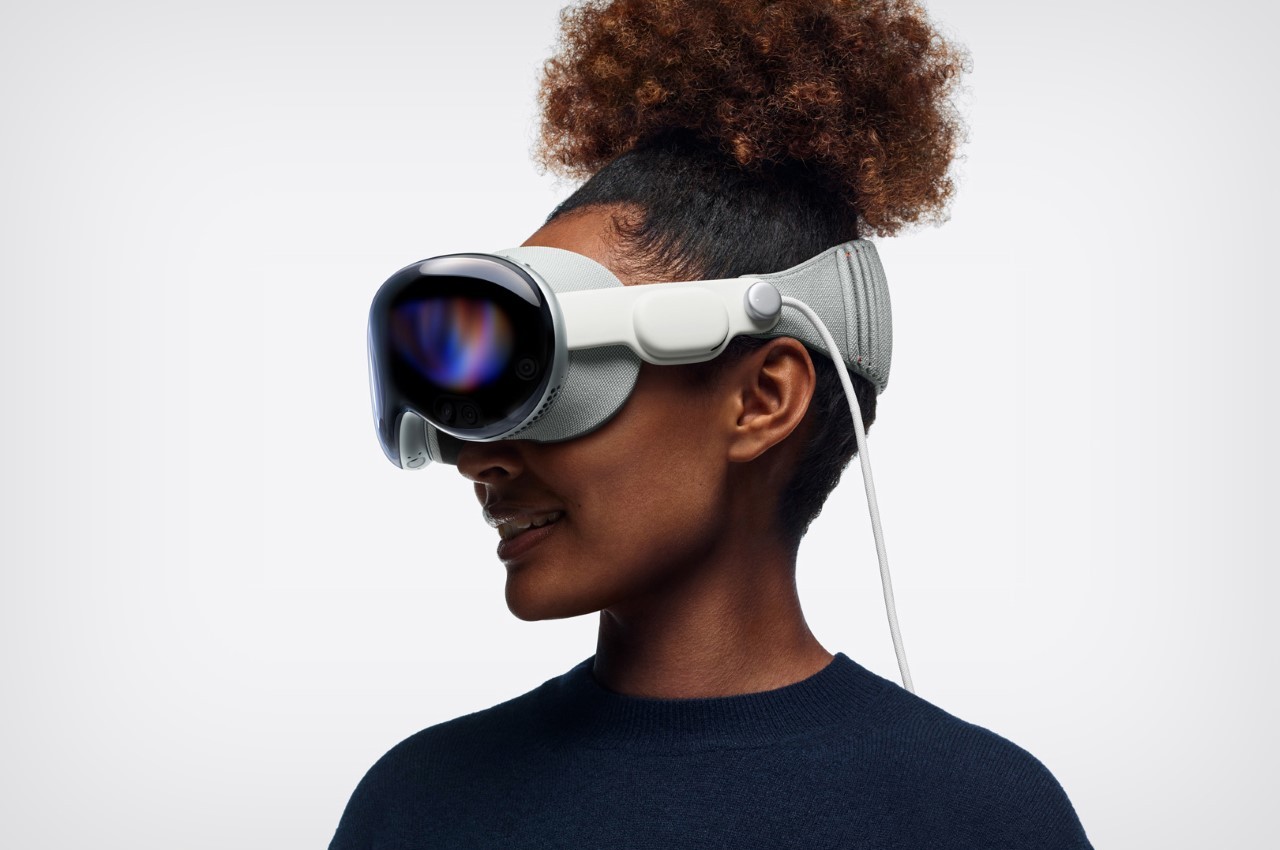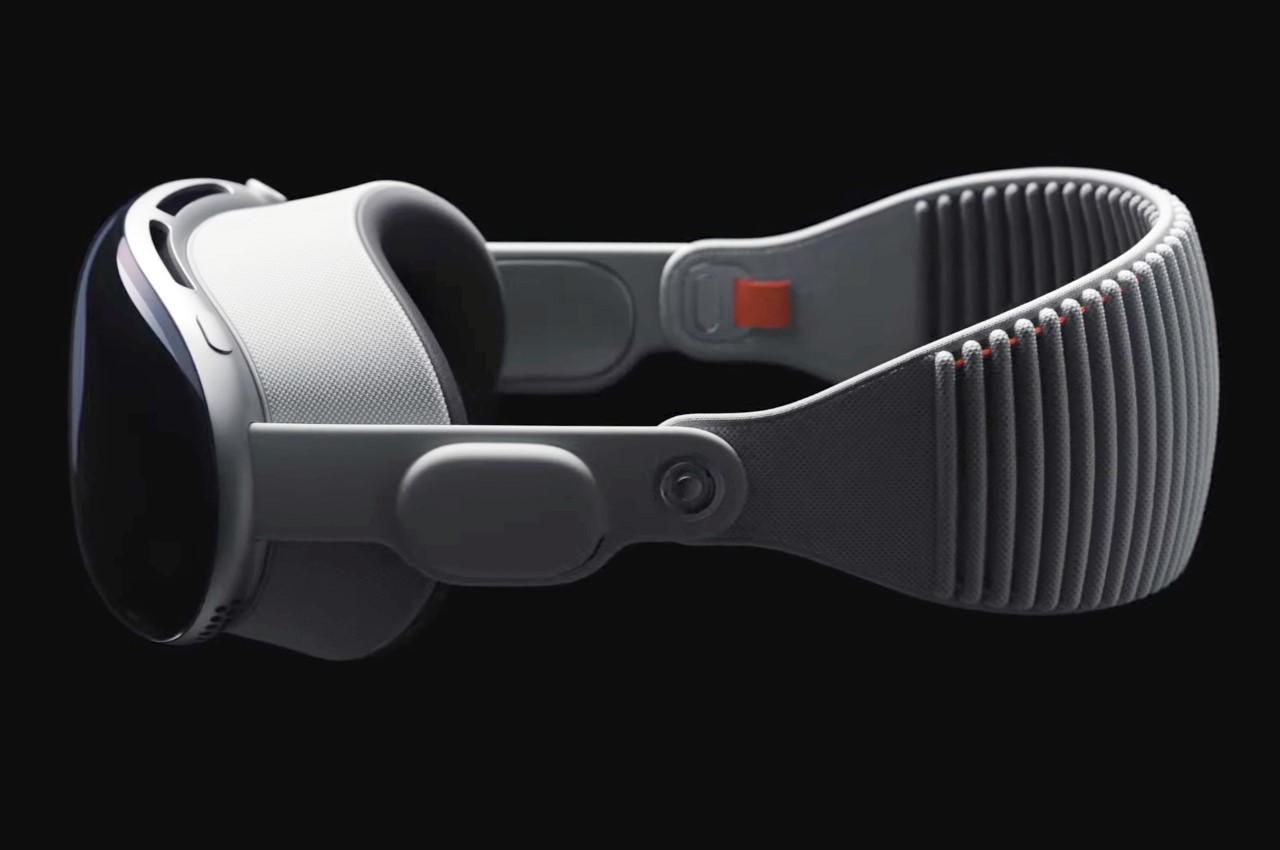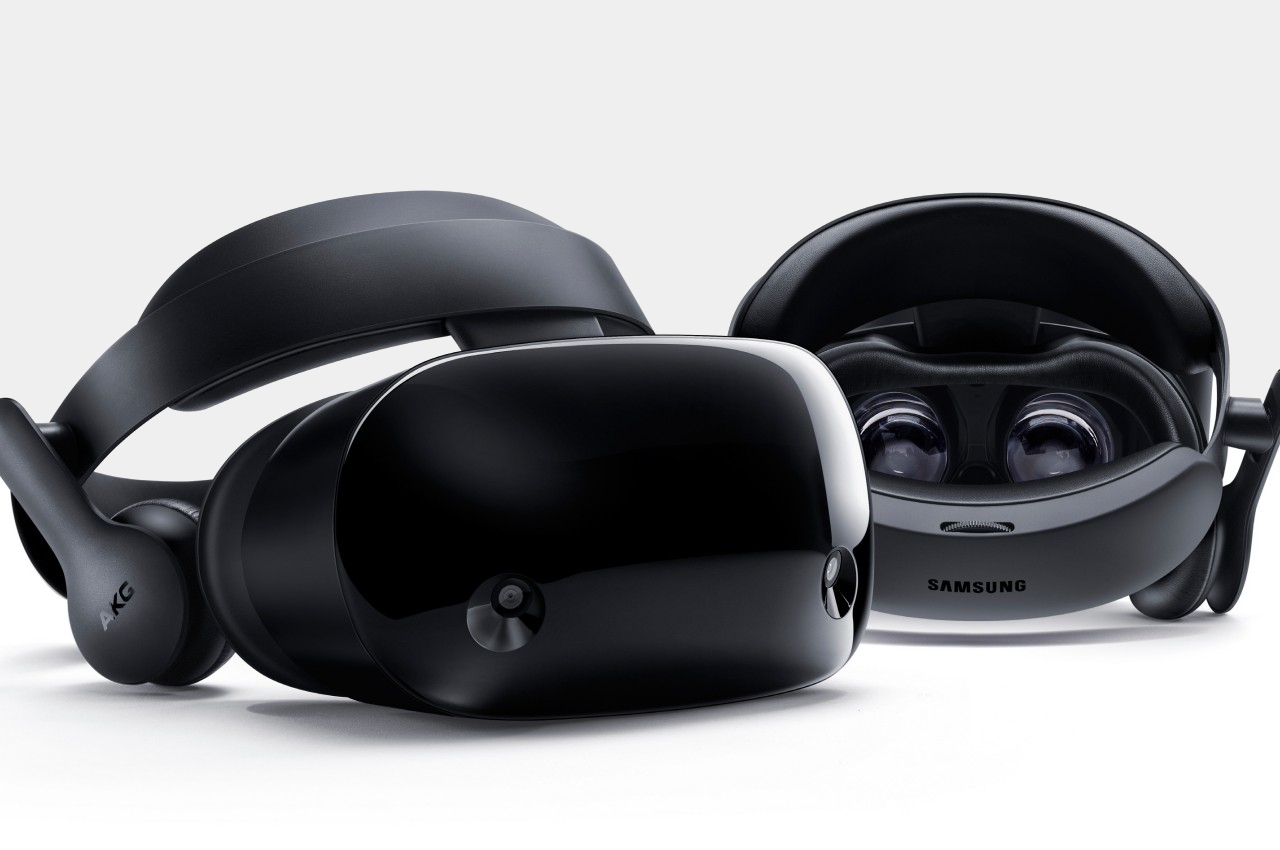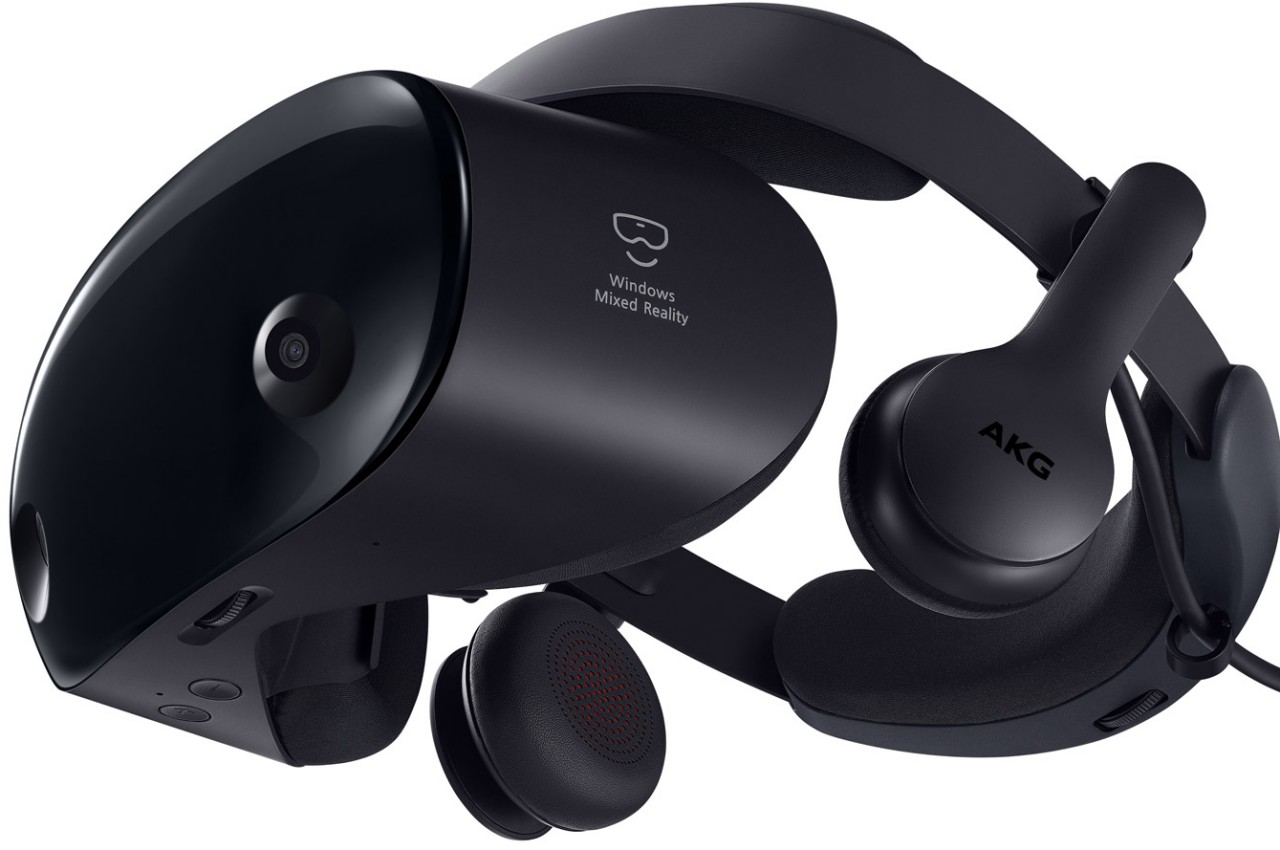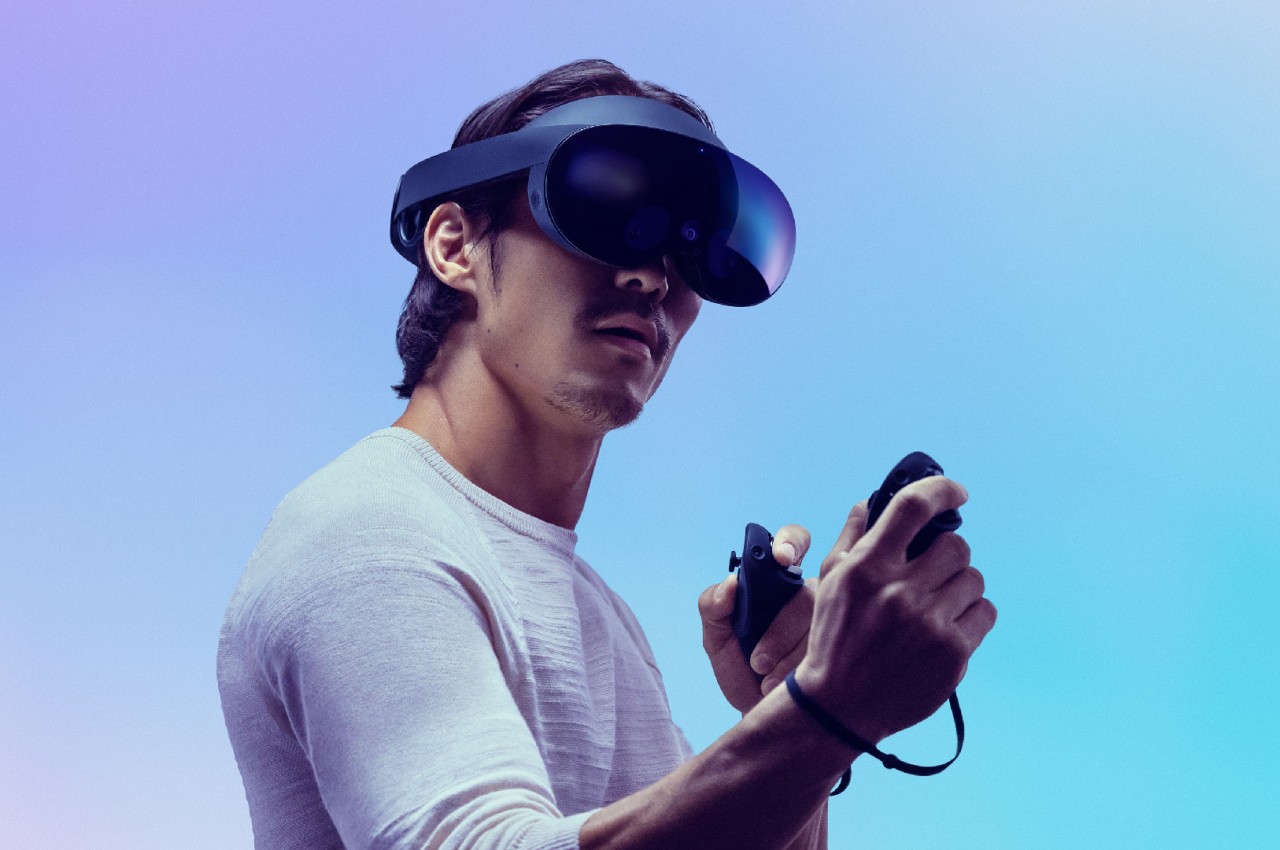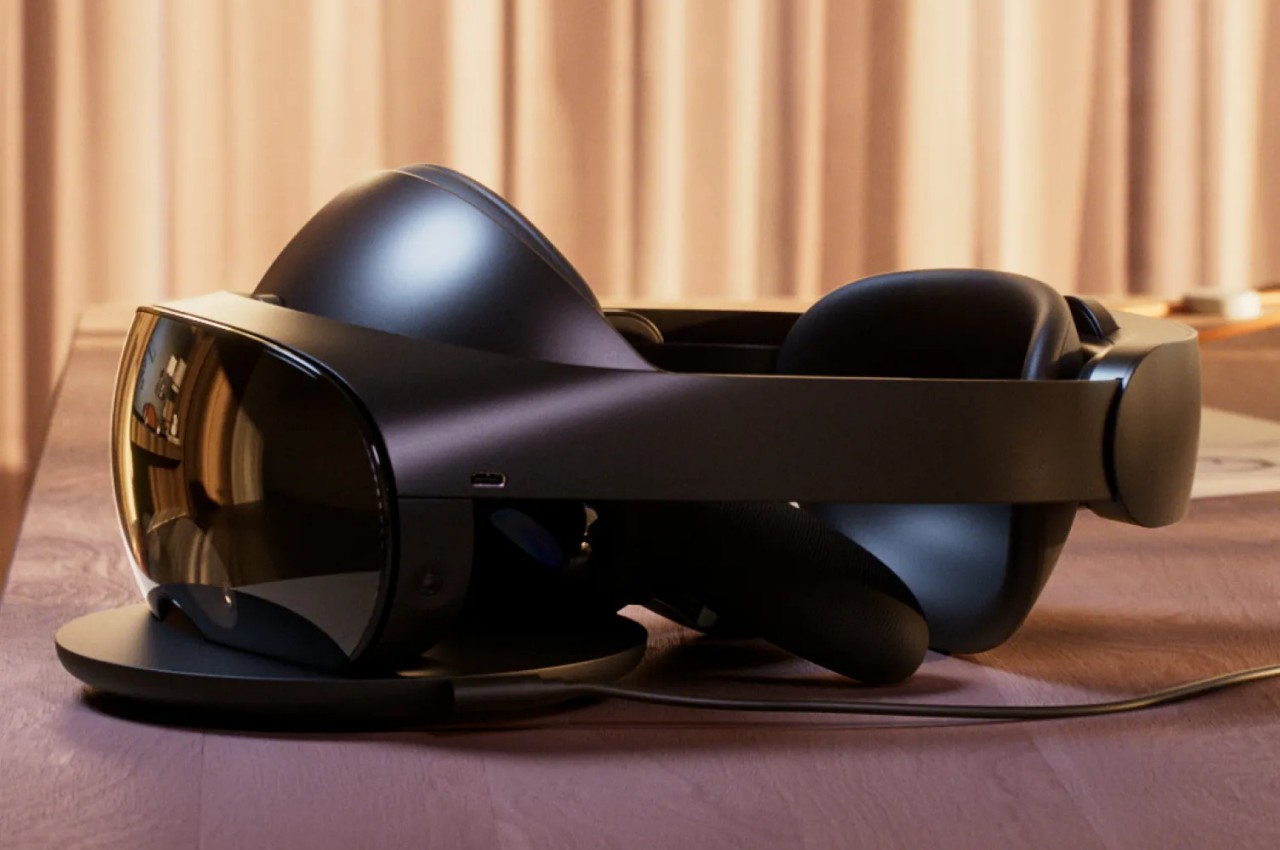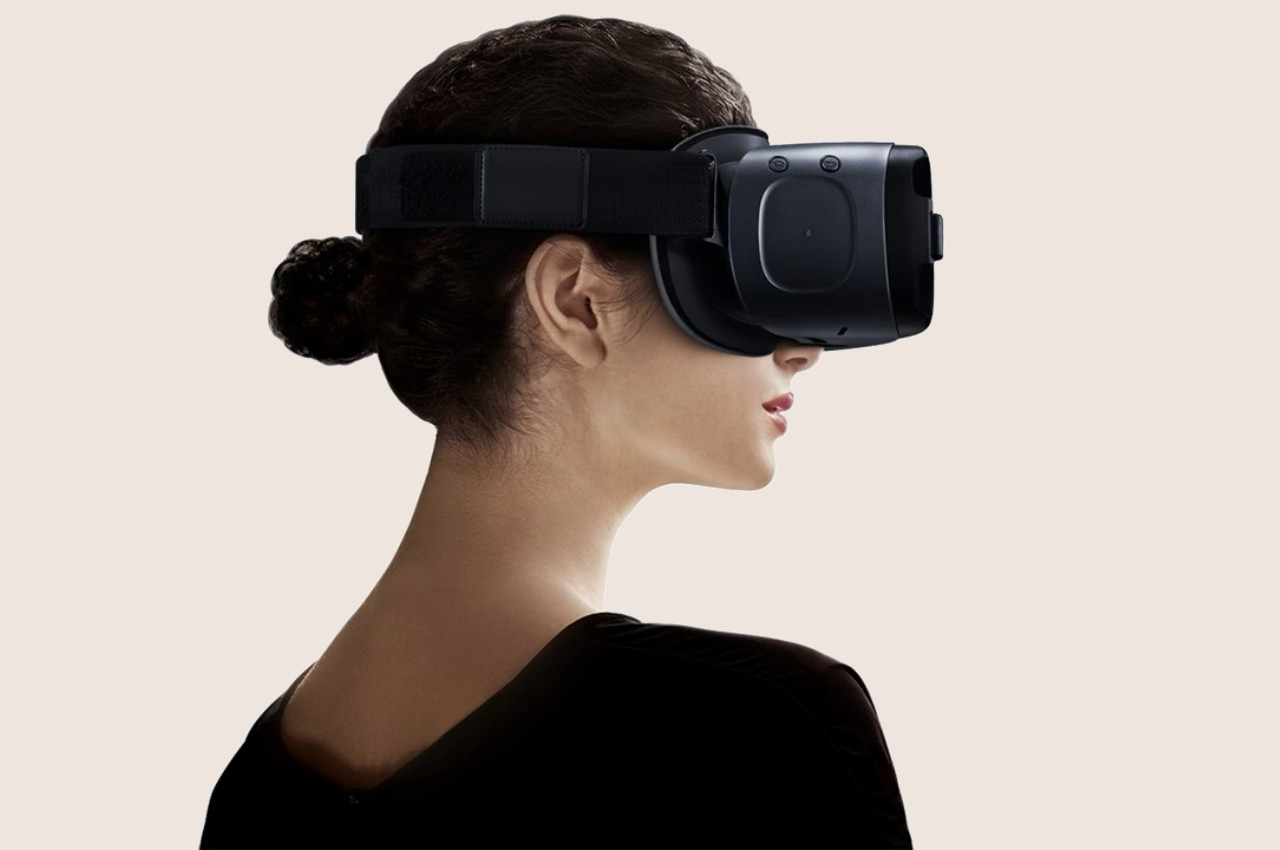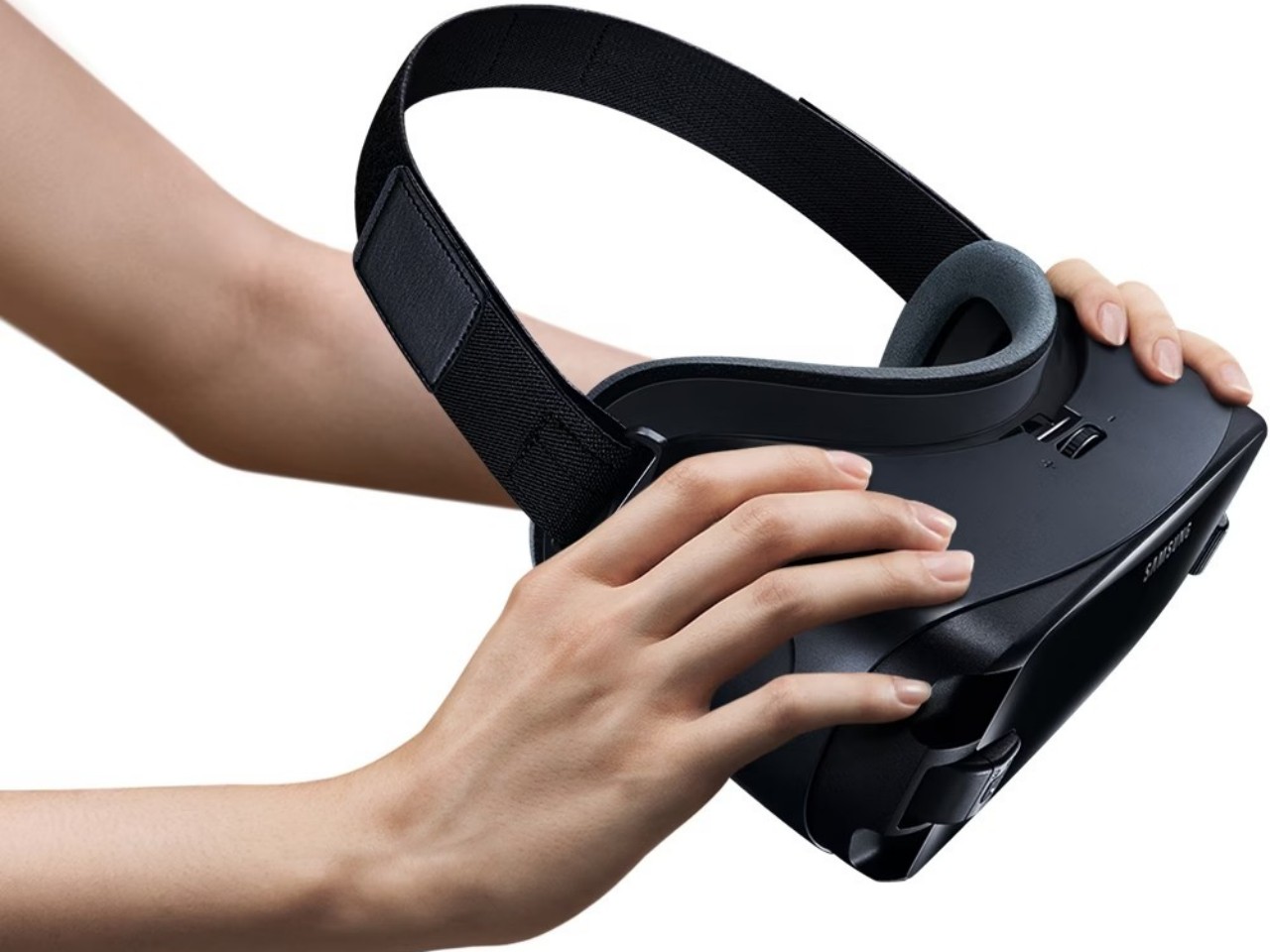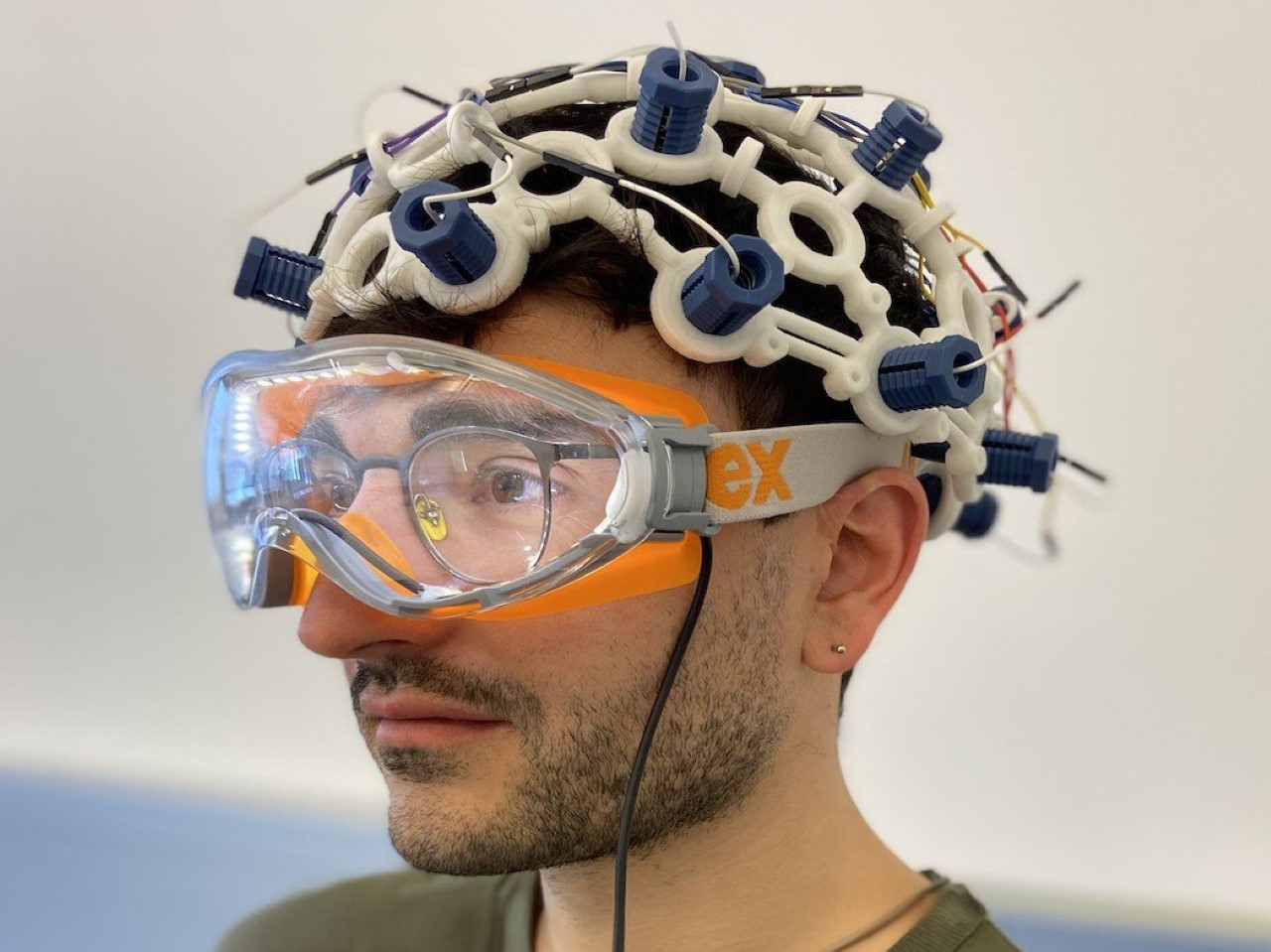
The idea that light can cure depression goes WAY beyond simple SAD lamps and light-therapy devices for people experiencing seasonal affective disorder during the dark months of winter.
Developed by the Vienna-based startup Syntropic Medical, this device harnesses light-based brain stimulation to offer a drug-free alternative for those who have not found success with conventional antidepressants. Light is shone into the eyes using a set of goggles, while a head-worn apparatus measures its effects – similar to using electromagnetic fields or certain sounds to treat pain, tinnitus, or depression. The approach builds on the premise that light therapy can enhance neuroplasticity—essentially, the brain’s ability to reorganize itself by forming new neural connections. For individuals who have struggled with the side effects of pharmaceuticals or seen little improvement from traditional treatments, this technology could offer a fresh path forward.
Designer: Syntropic
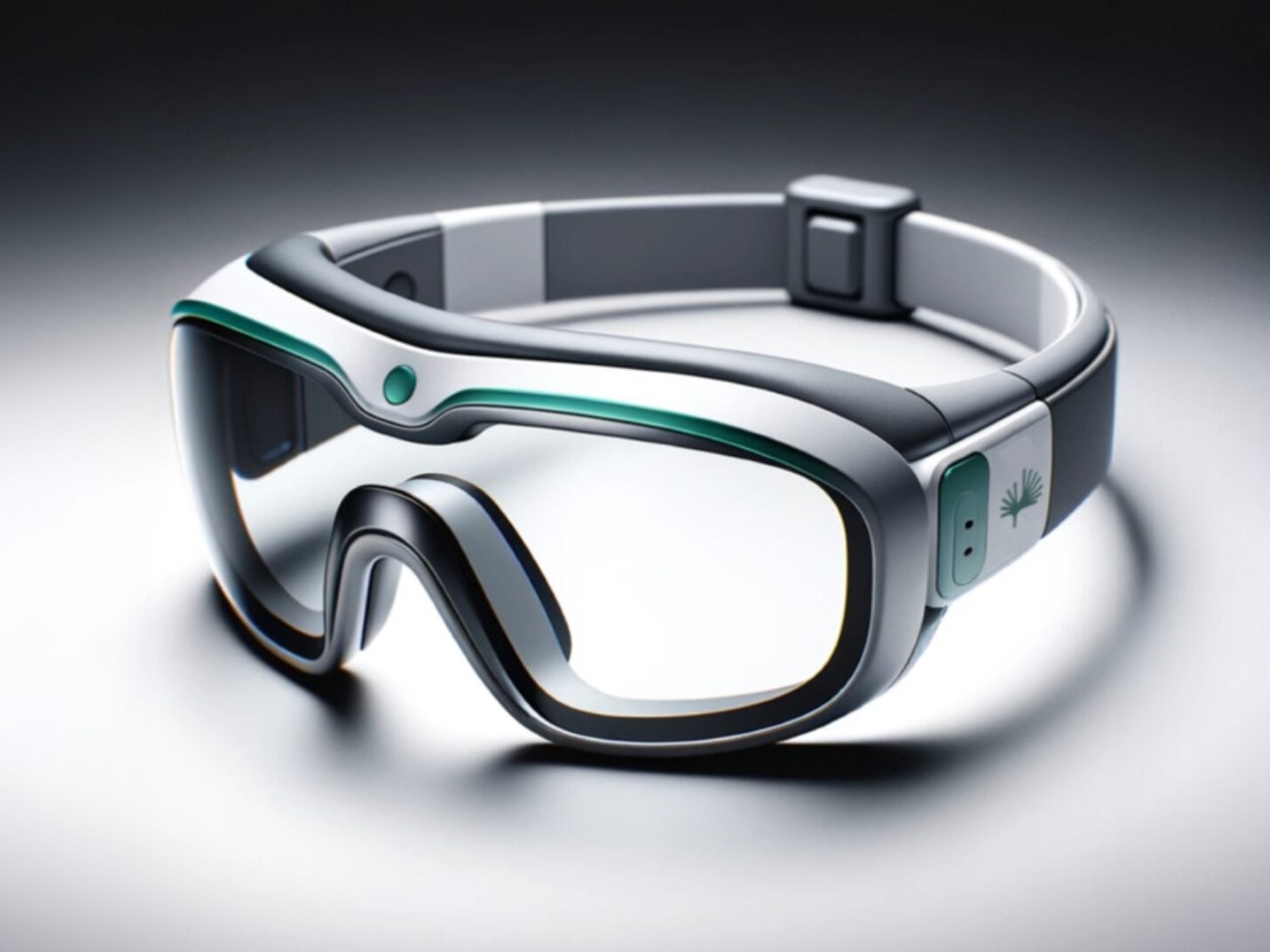
Syntropic’s device leverages flickering lights to target microglial cells in the brain, which play a crucial role in maintaining healthy neural circuits. By stimulating these cells, the device encourages them to remodel brain structures associated with depressive disorders. This method addresses a significant challenge in mental health care: some patients’ conditions remain unresponsive to drugs because those treatments may not directly target the underlying brain dynamics causing the disorder. The non-invasive nature of this technology also means it avoids the systemic side effects often linked to antidepressant medications, offering a more tolerable and potentially safer option for long-term use.

Syntropic’s breakthrough has already attracted significant attention and financial backing. In July 2024, the company secured €1.1 million in funding from the Austrian Research Promotion Agency (FFG), adding to earlier investments from Xista Science Ventures and AWS. This support not only validates the scientific foundation of the technology but also highlights the growing interest in non-pharmaceutical therapies for mental health. With more resources at their disposal, Syntropic Medical is poised to advance their device through clinical trials and bring it closer to widespread adoption. As the mental health field continues to explore innovative solutions beyond traditional medications, this light-based therapy could represent a crucial development for those seeking alternative ways to manage their depression effectively and safely.
The post Ground-breaking headset uses targeted light pulses to cure depression without medicines or surgery first appeared on Yanko Design.
